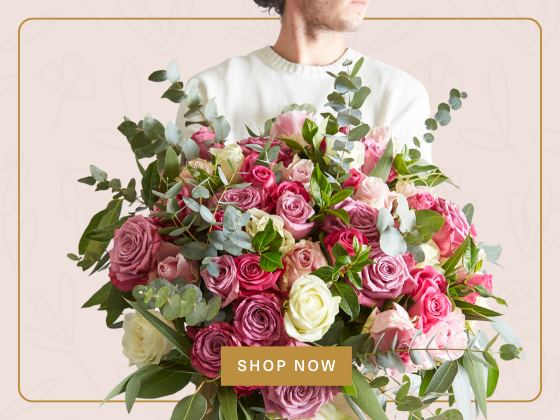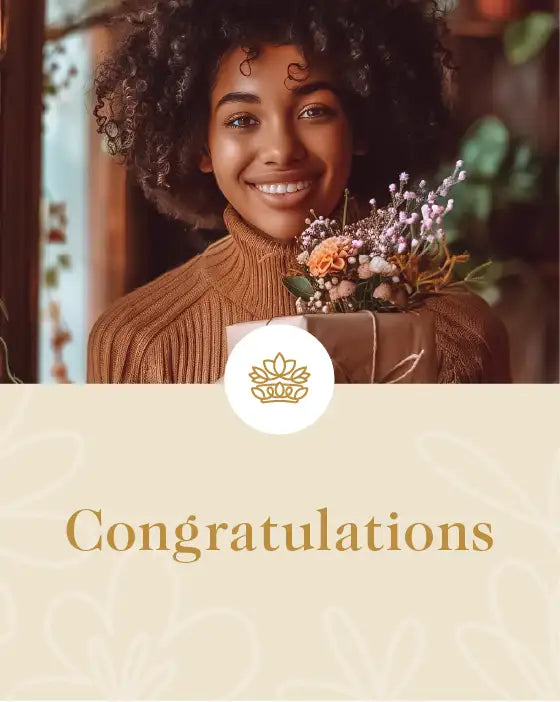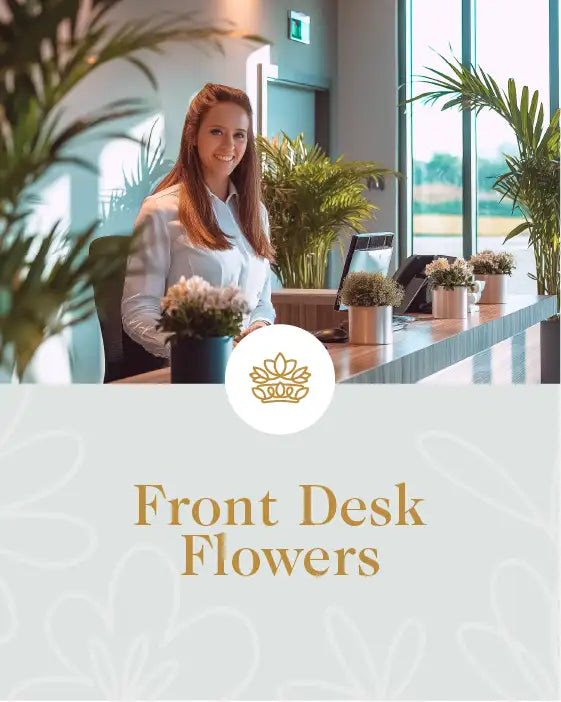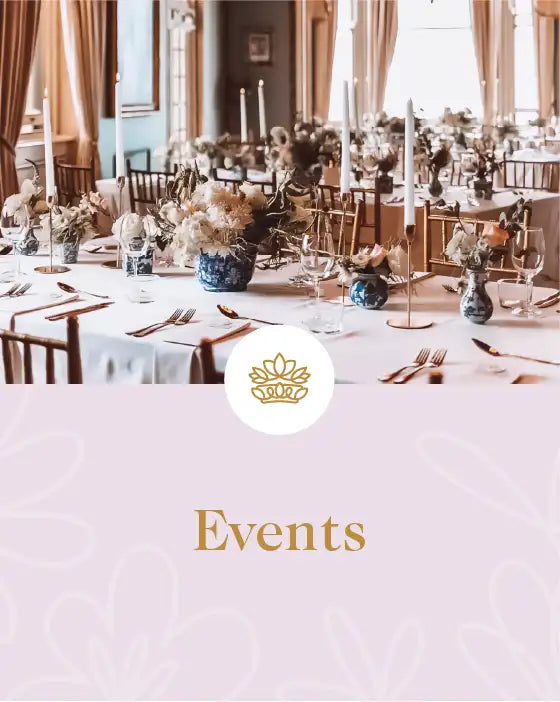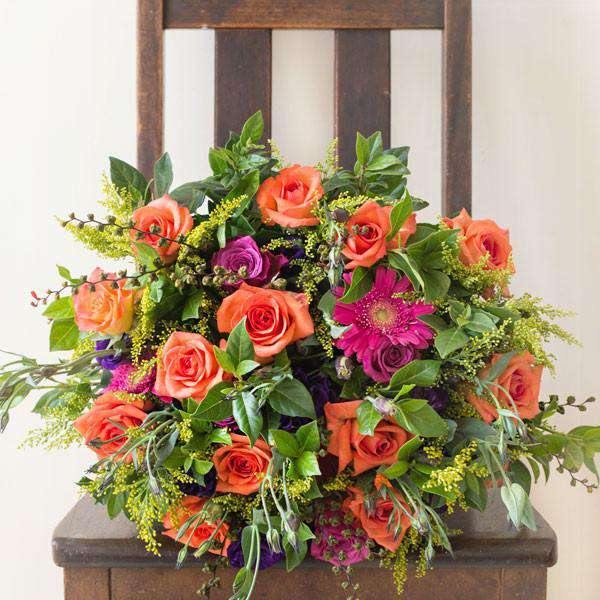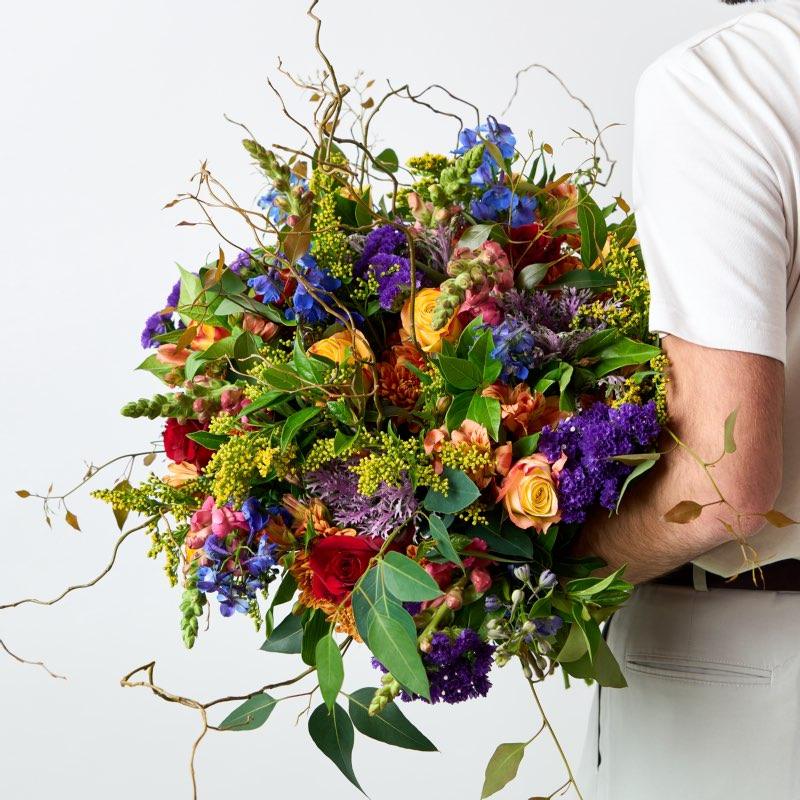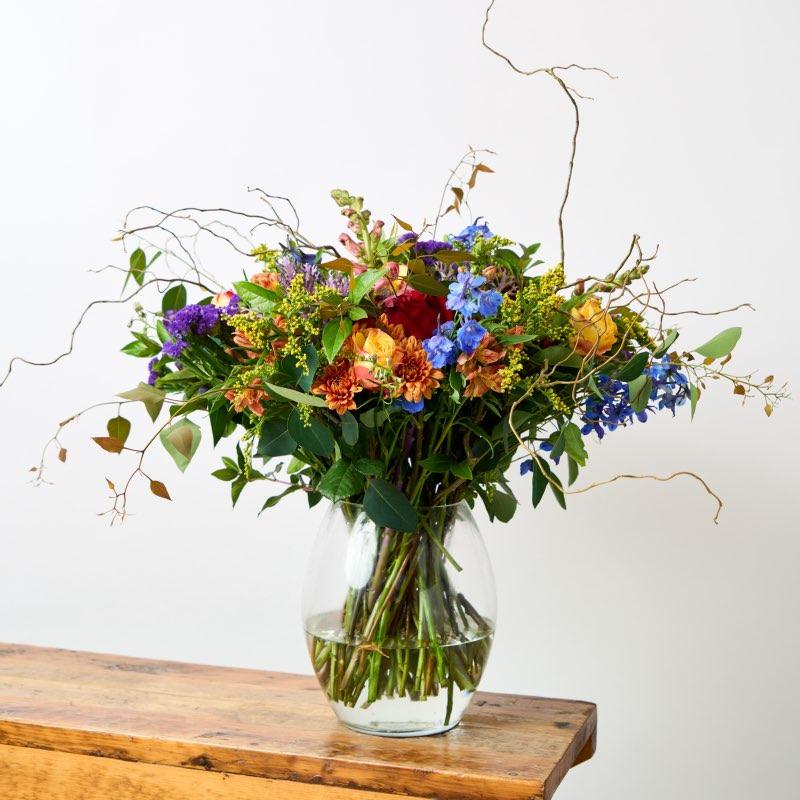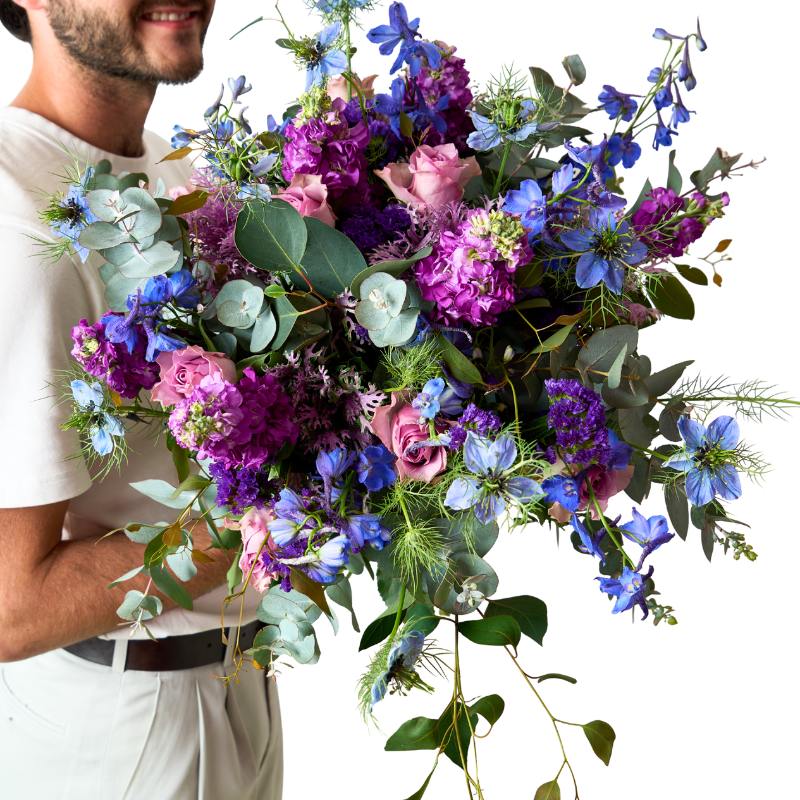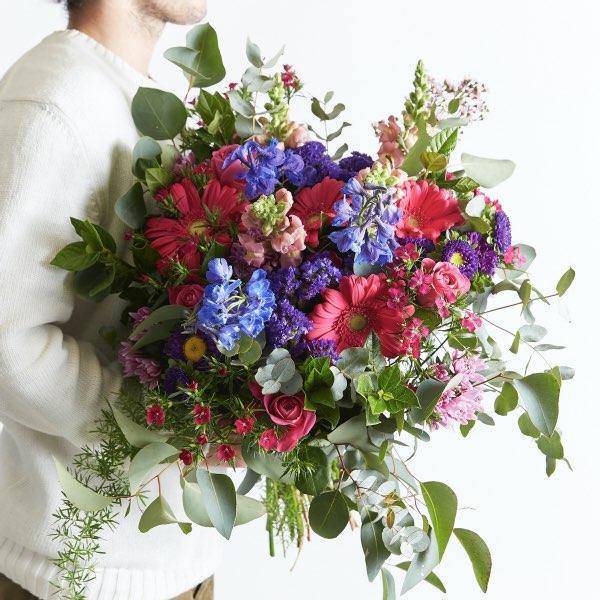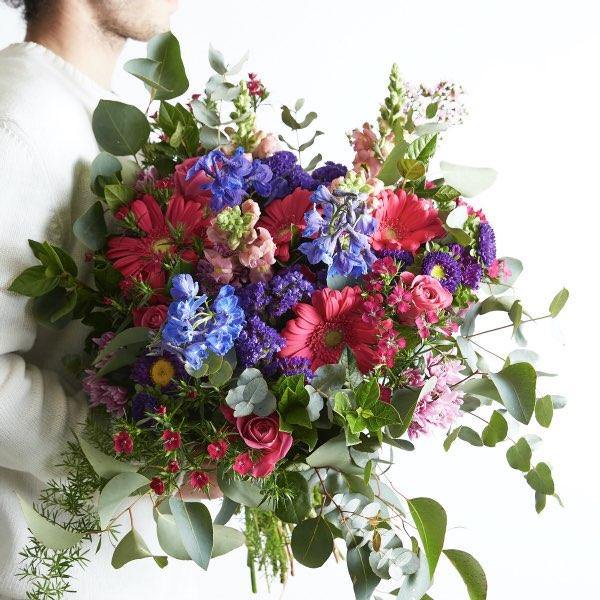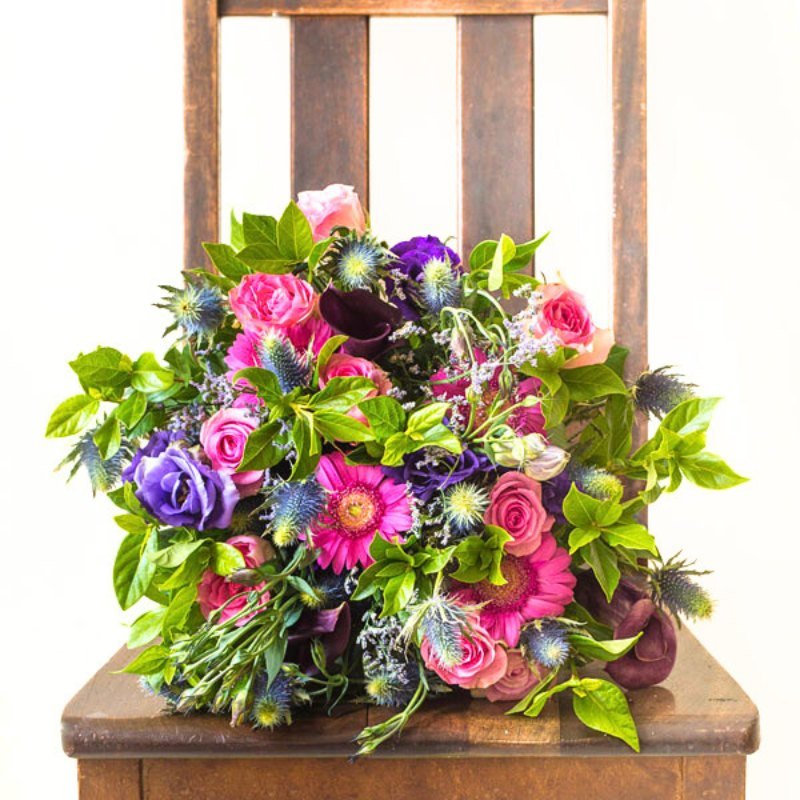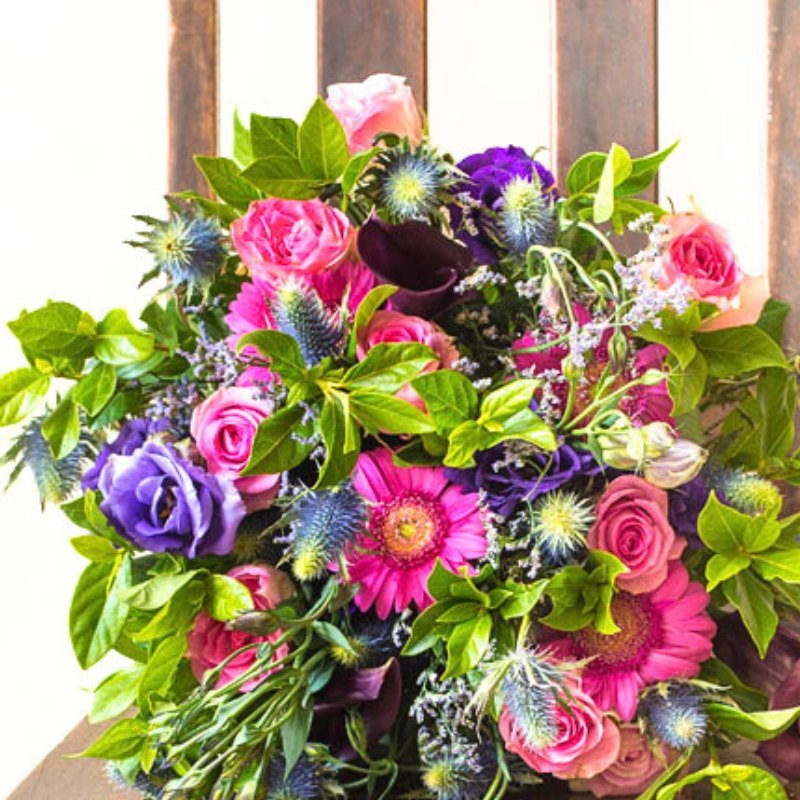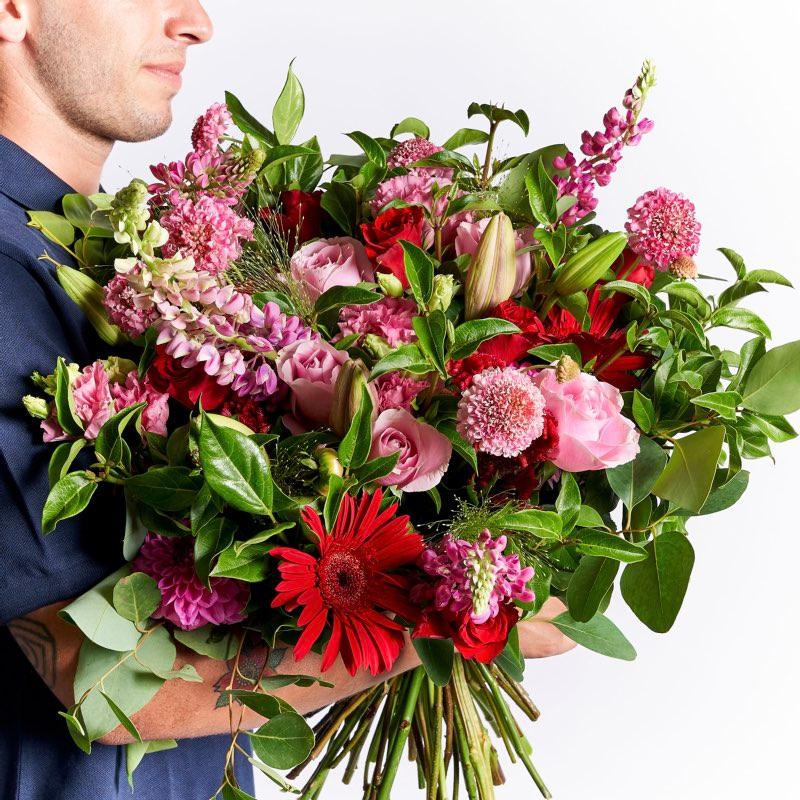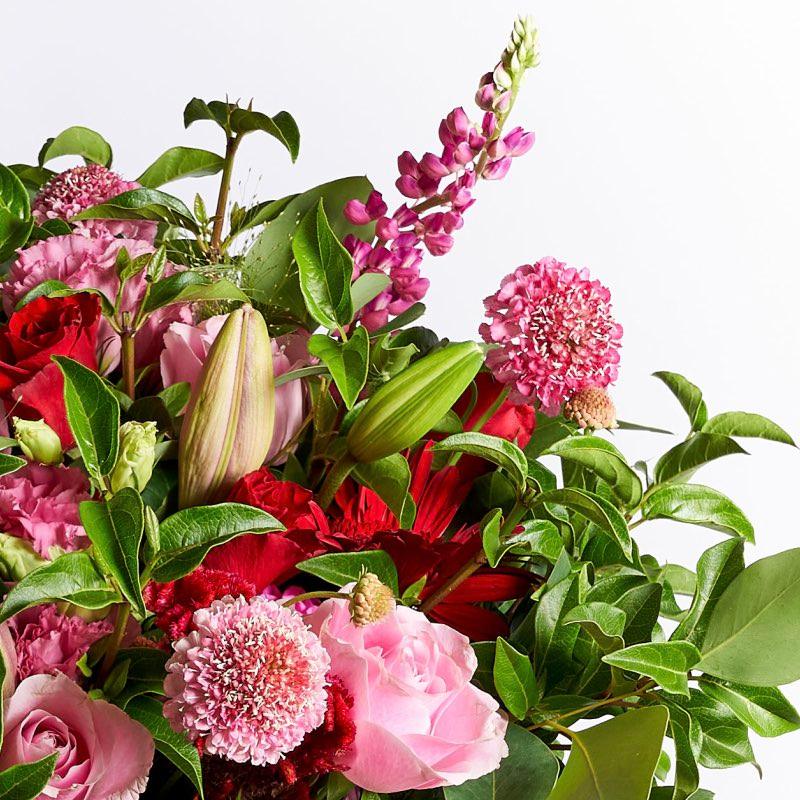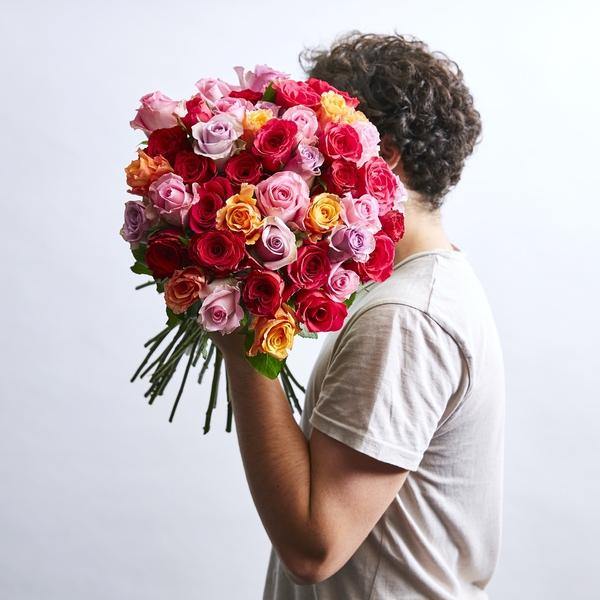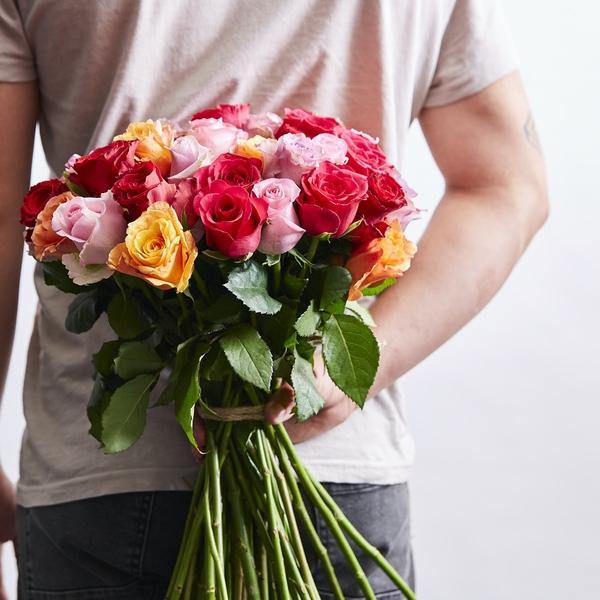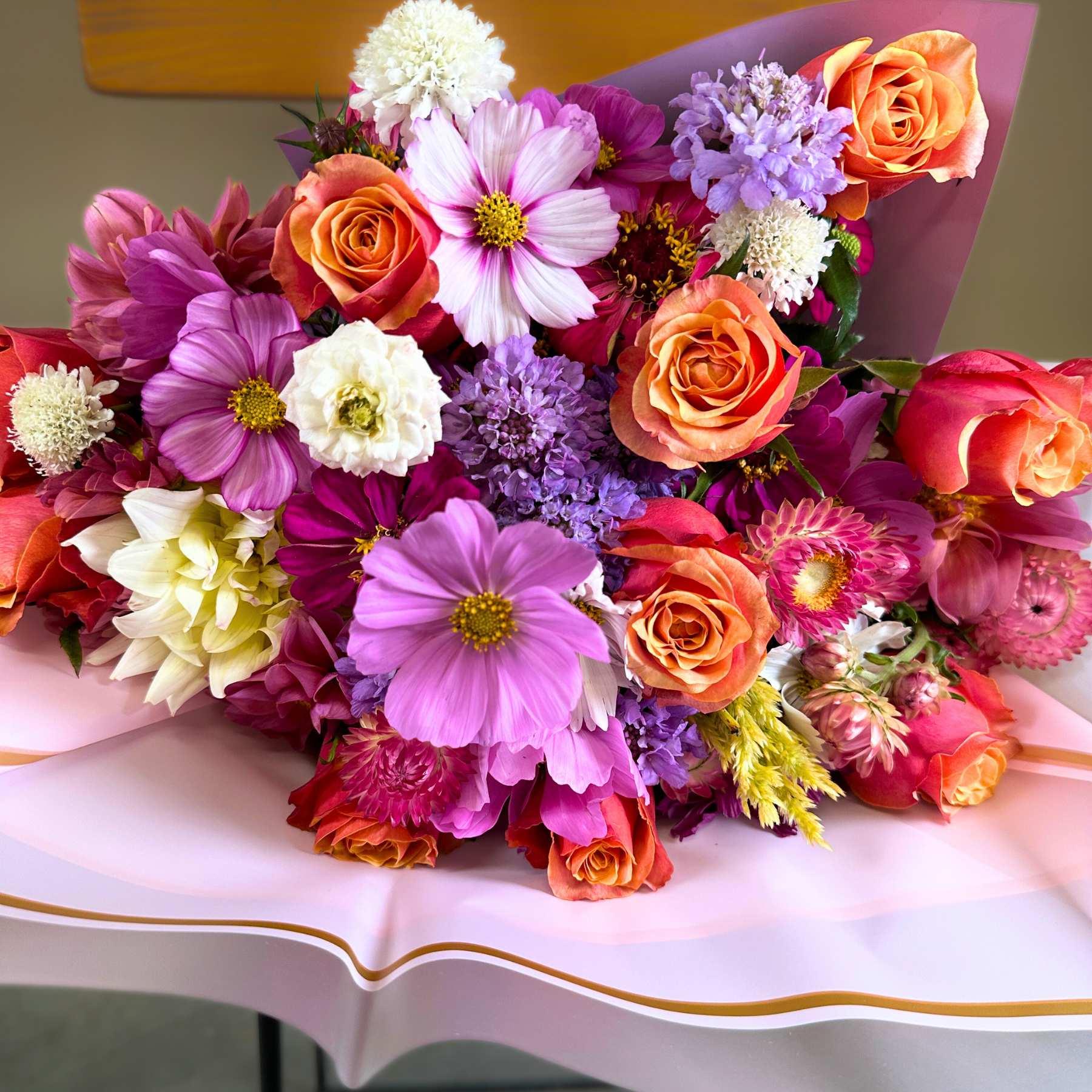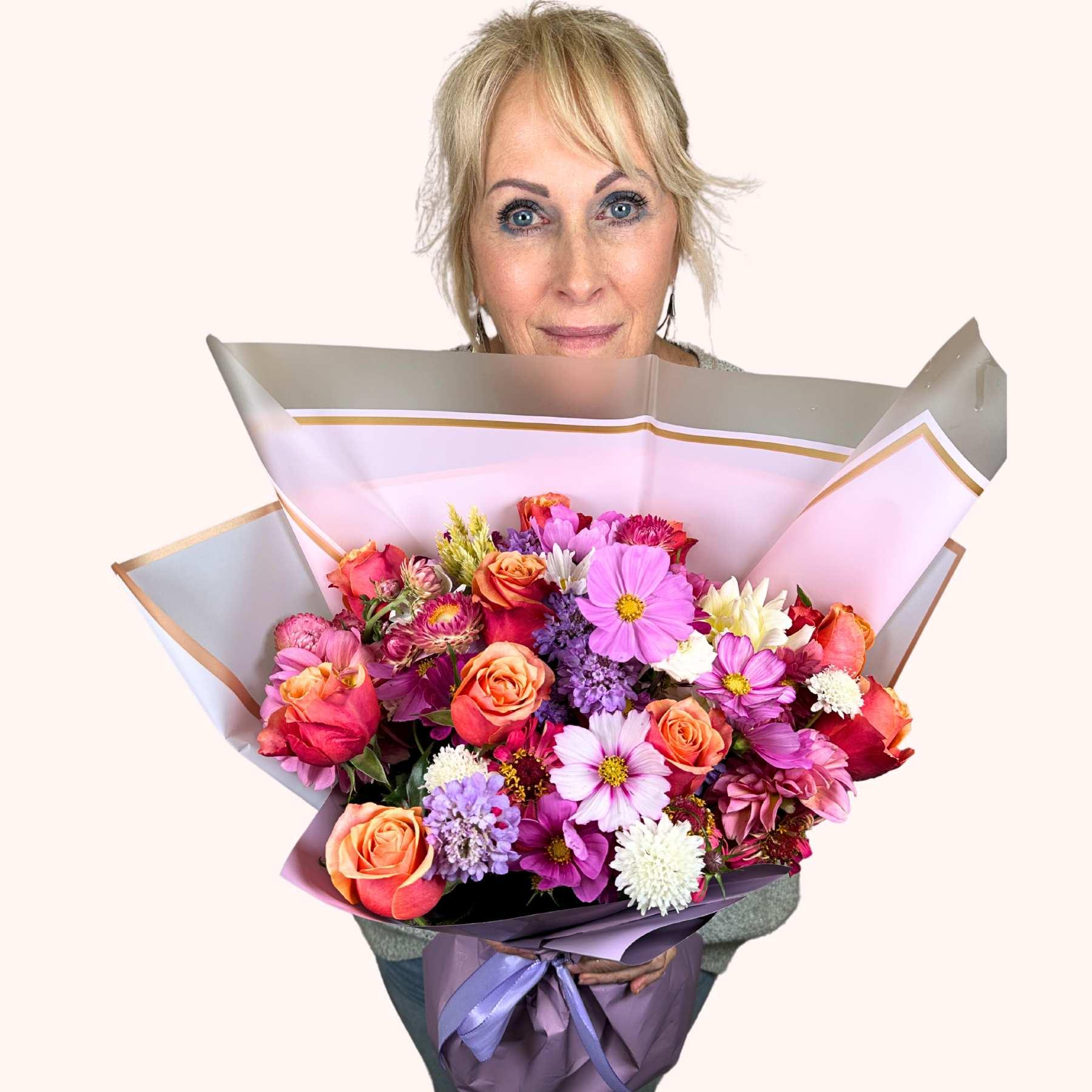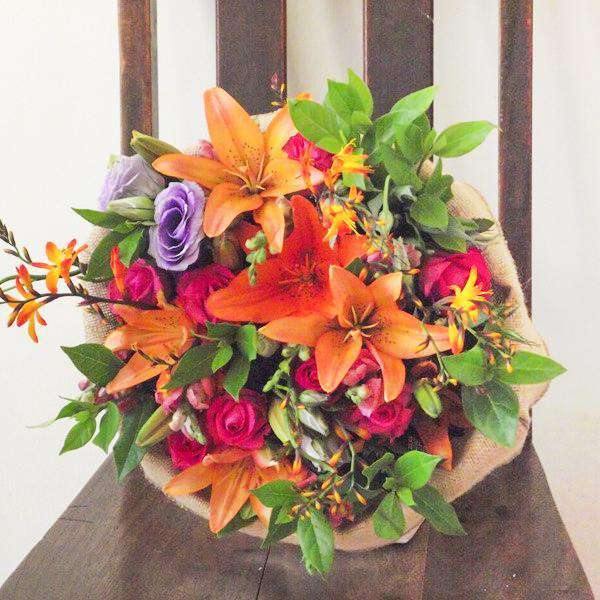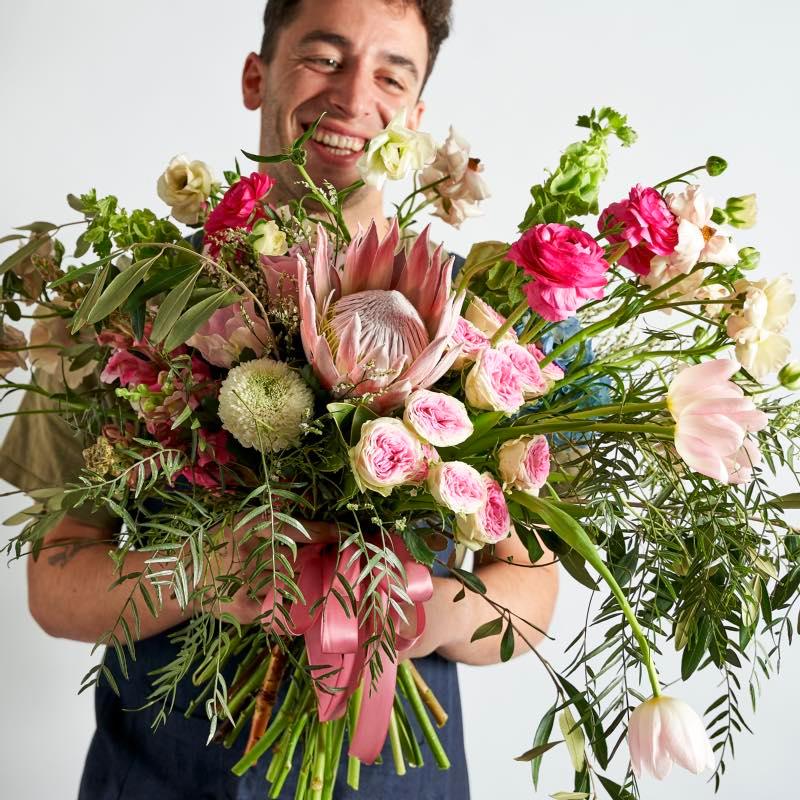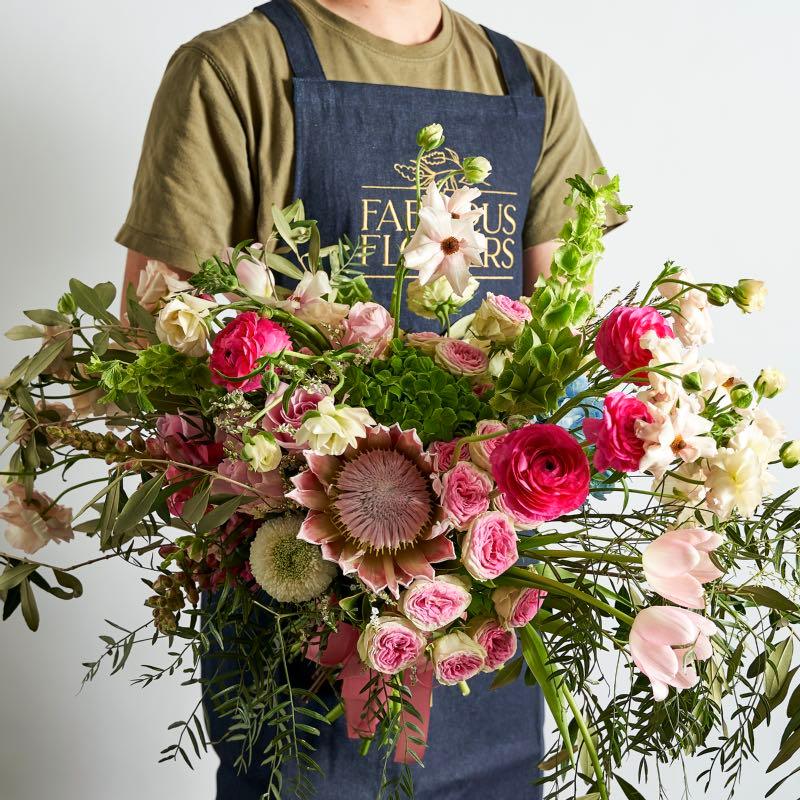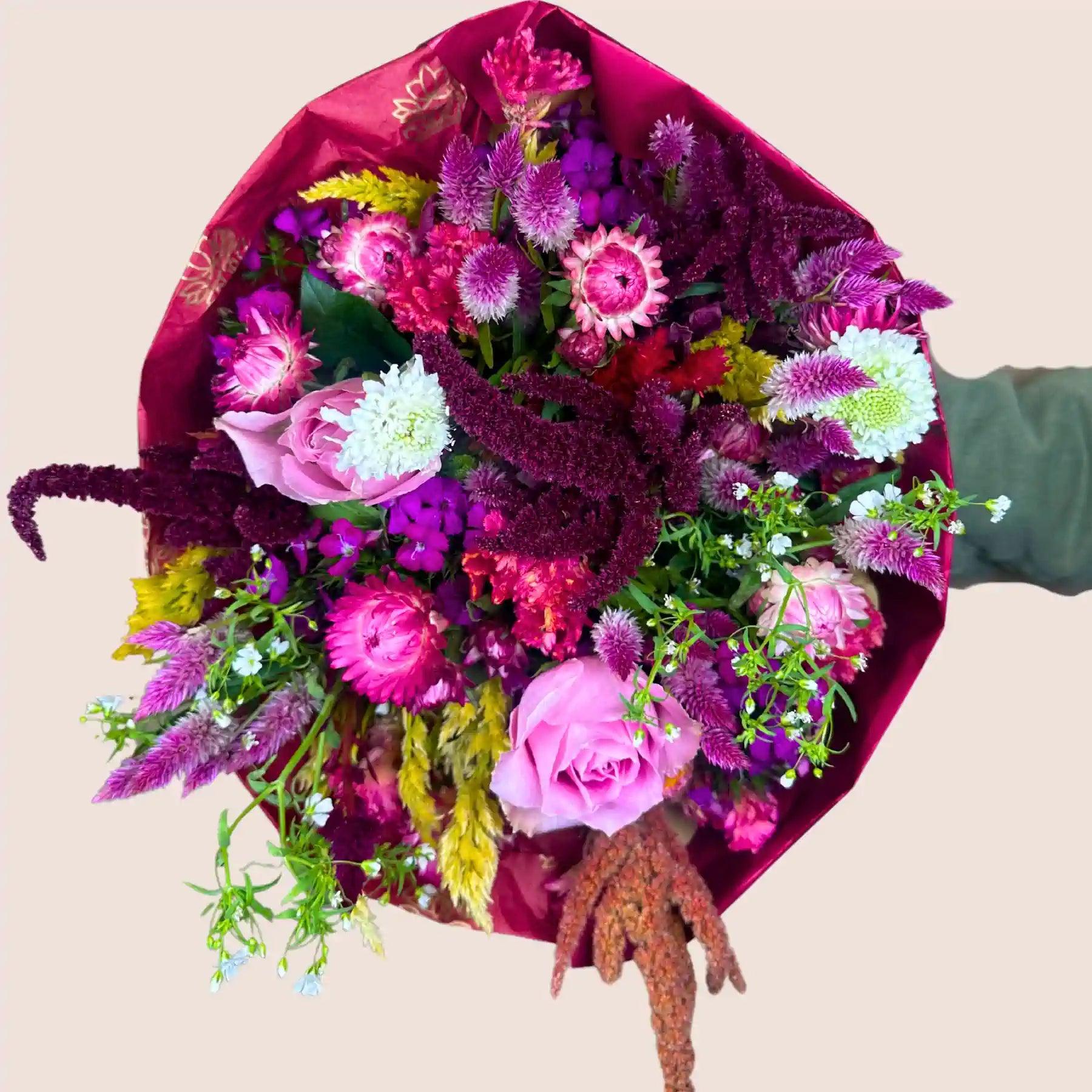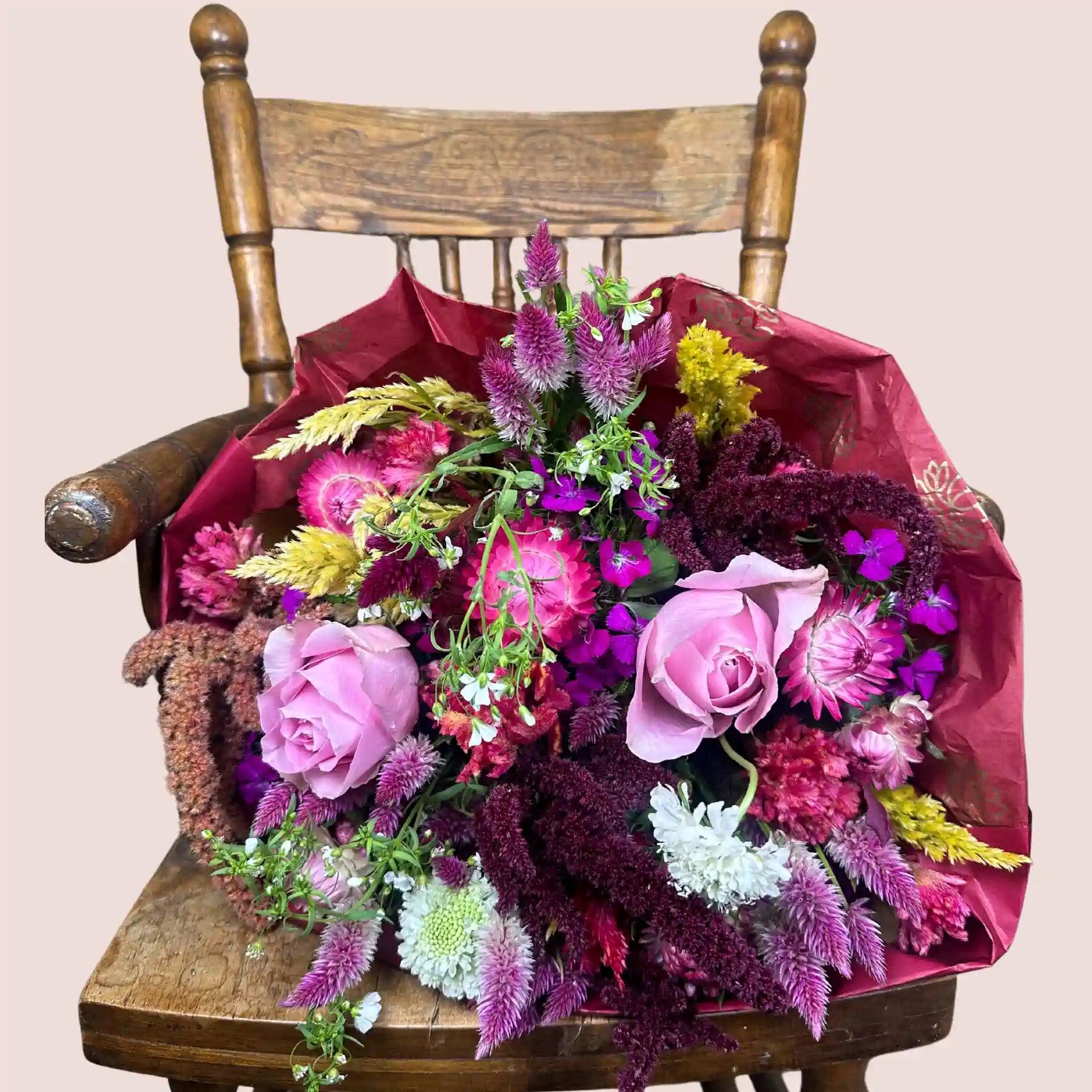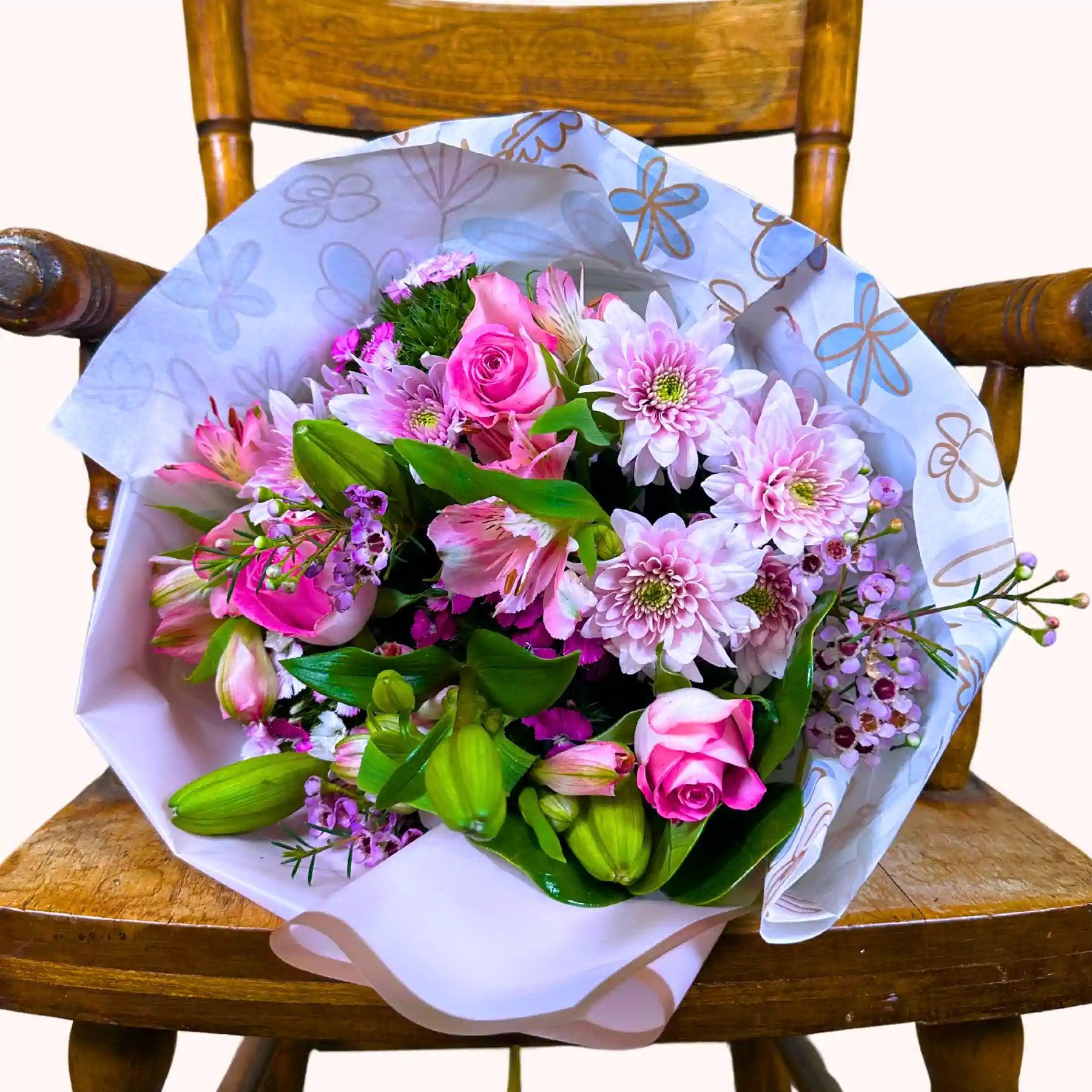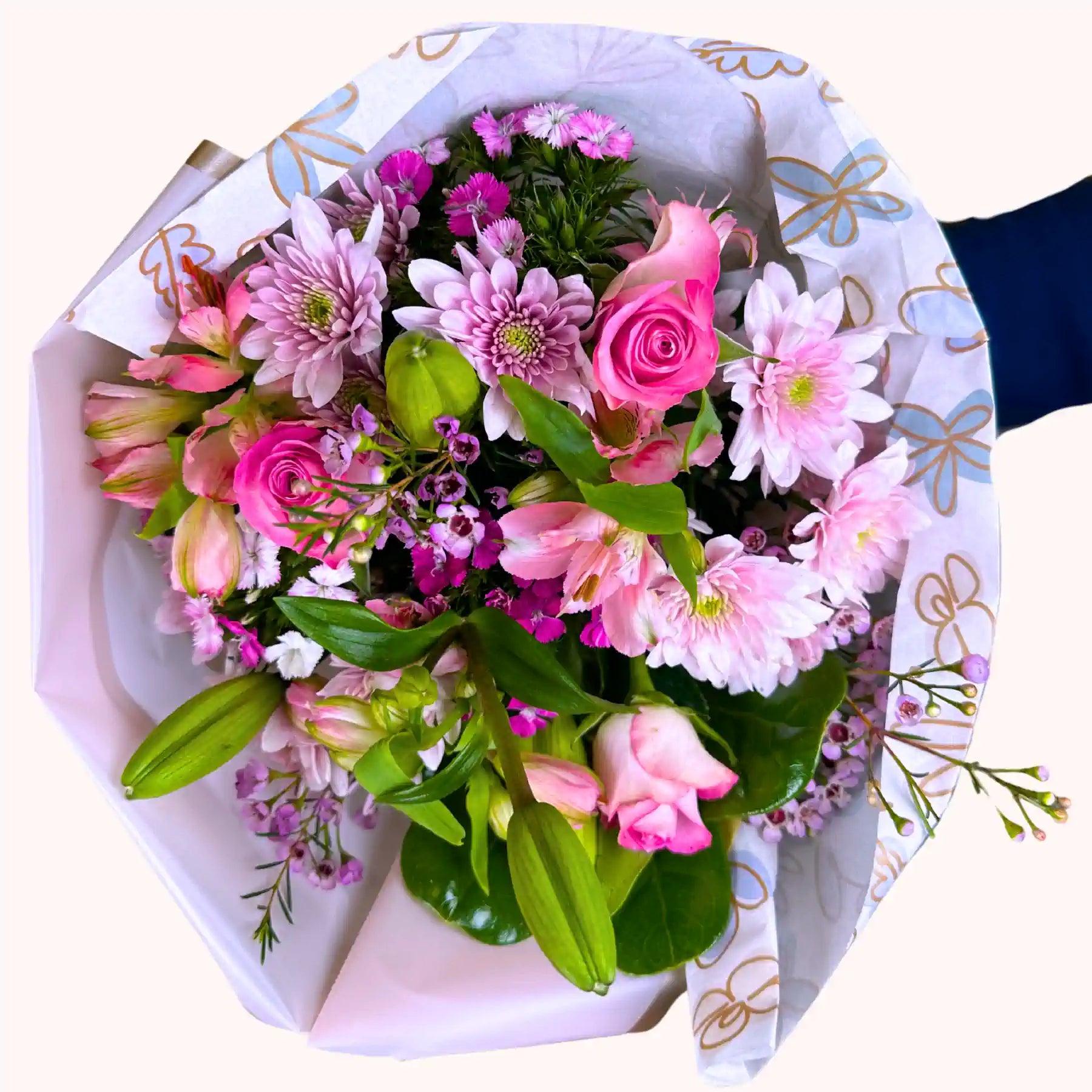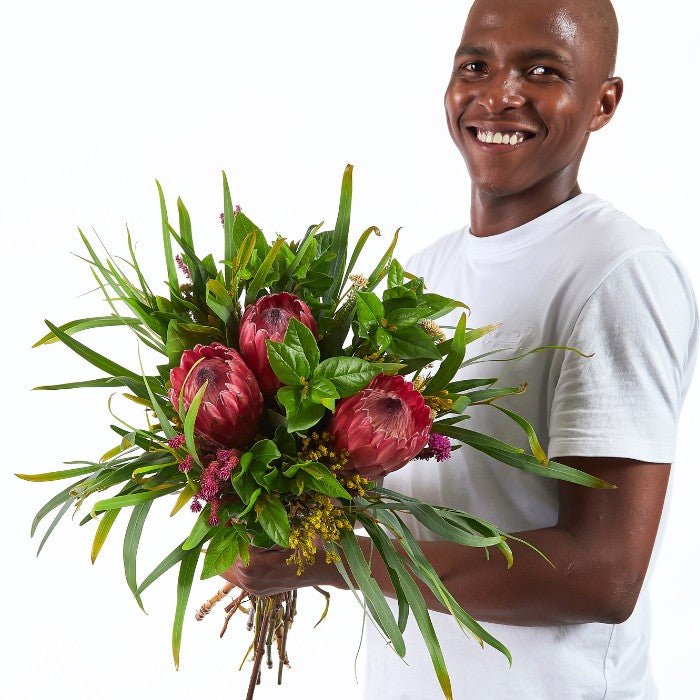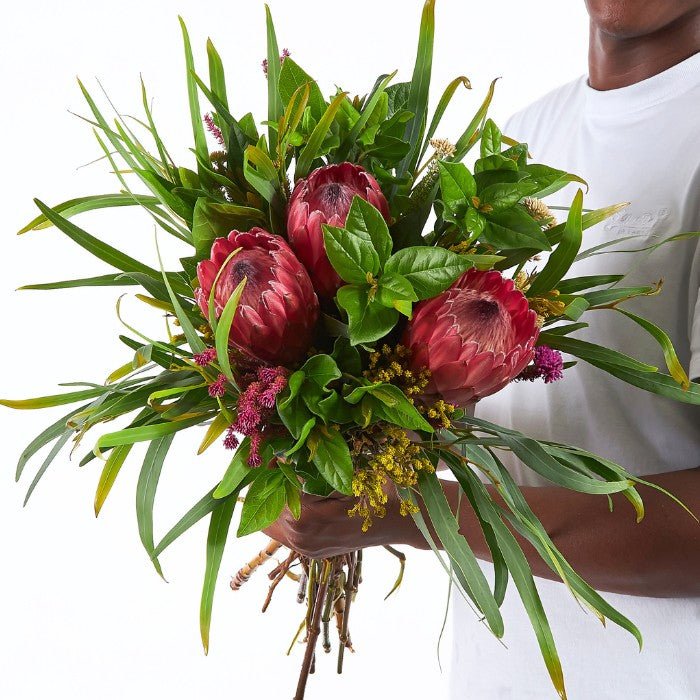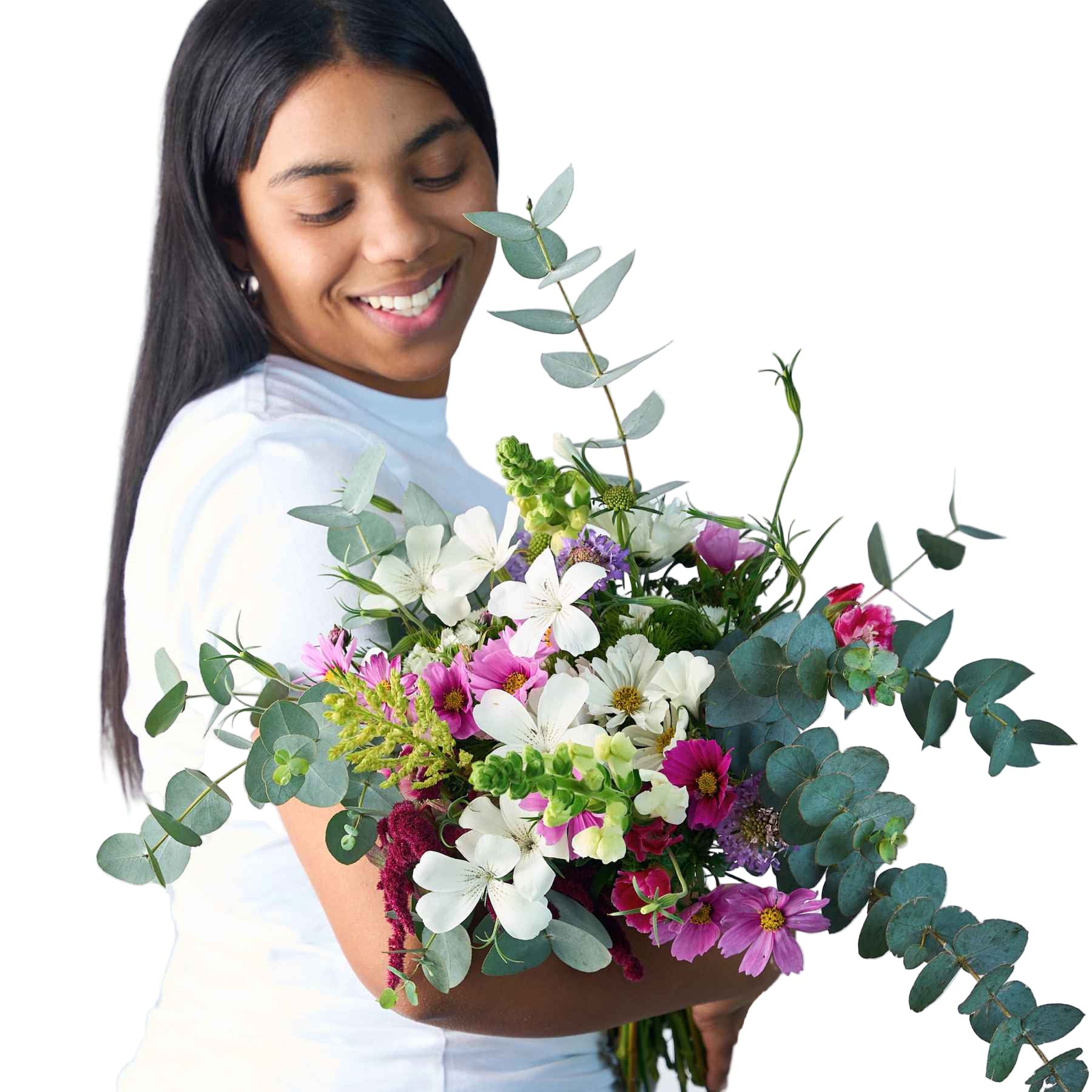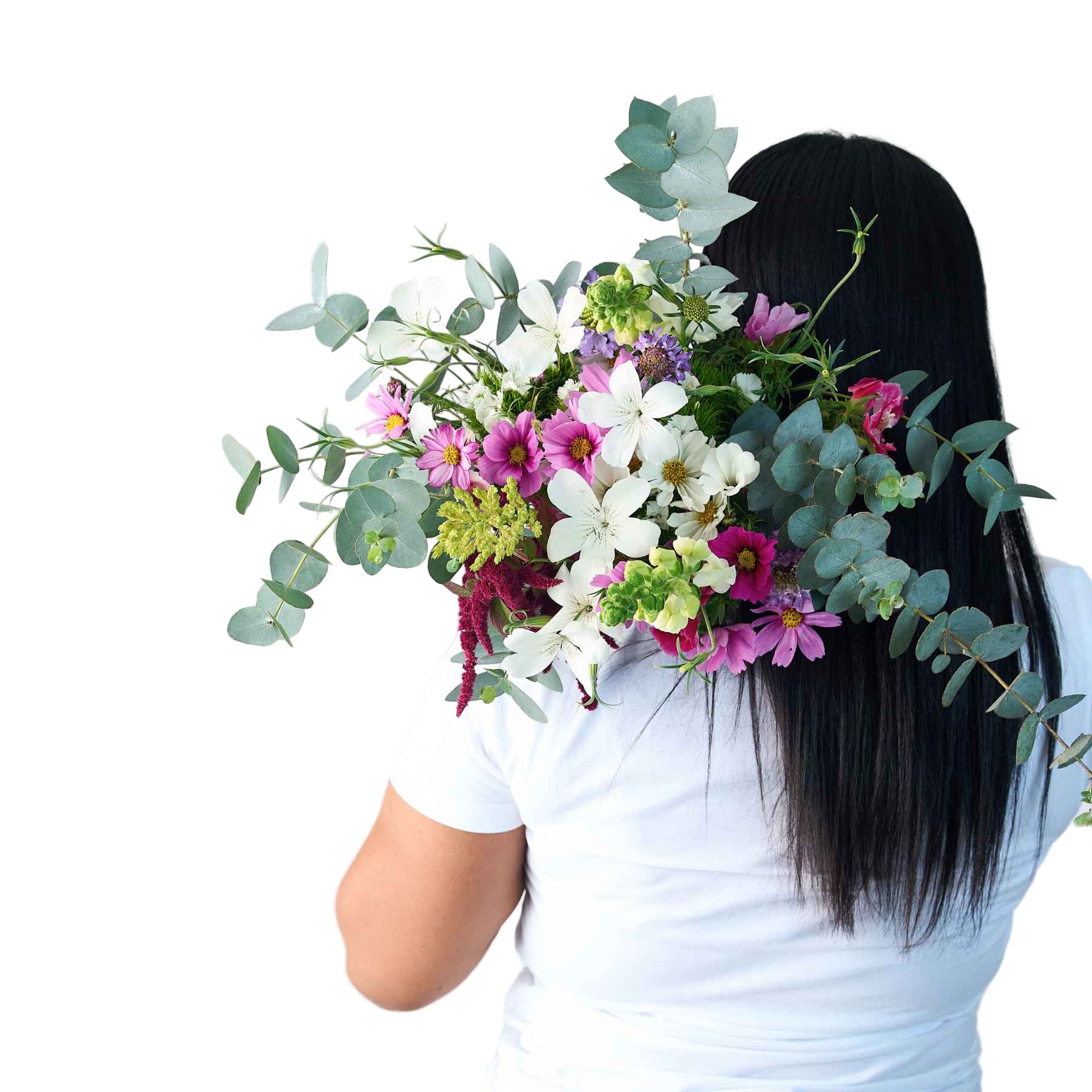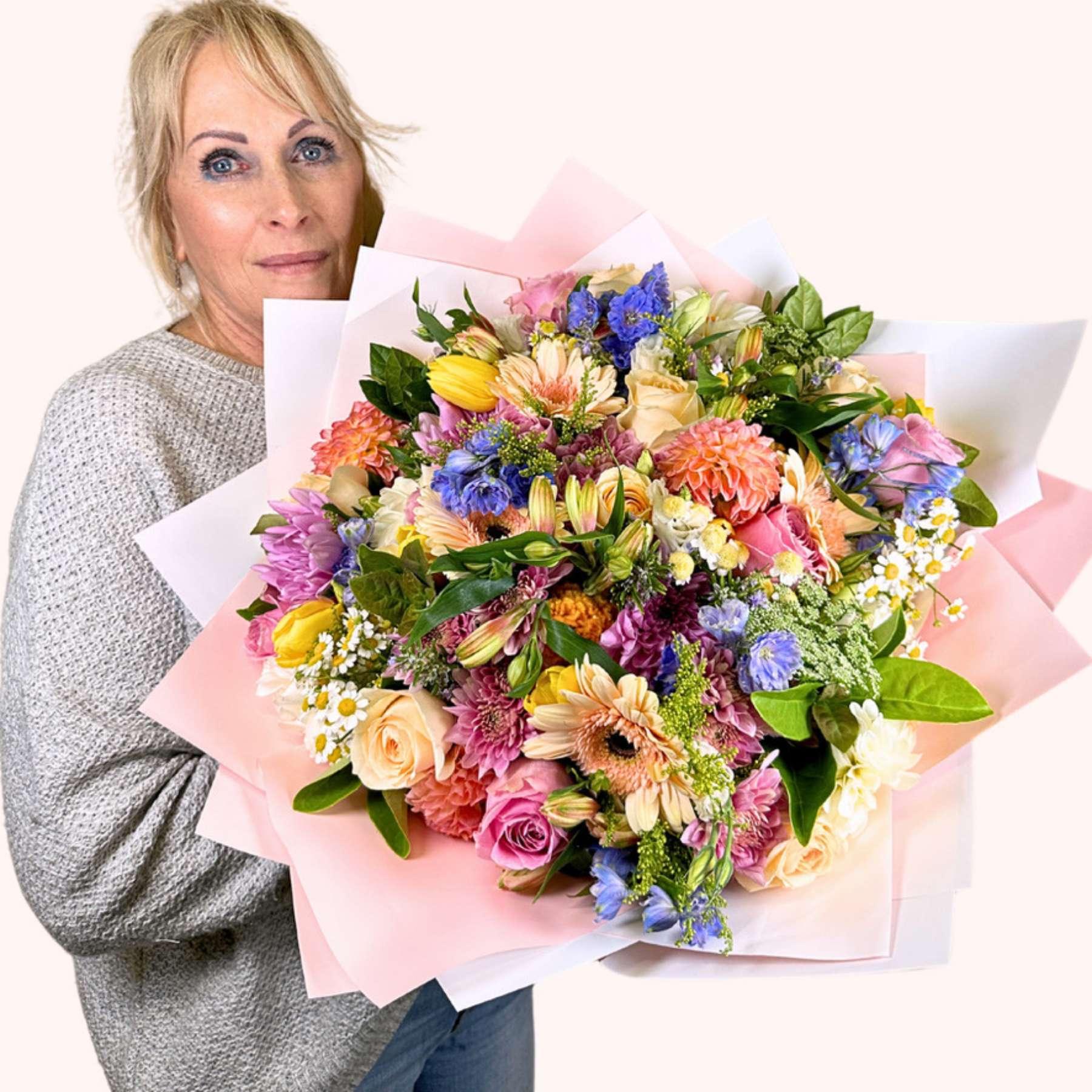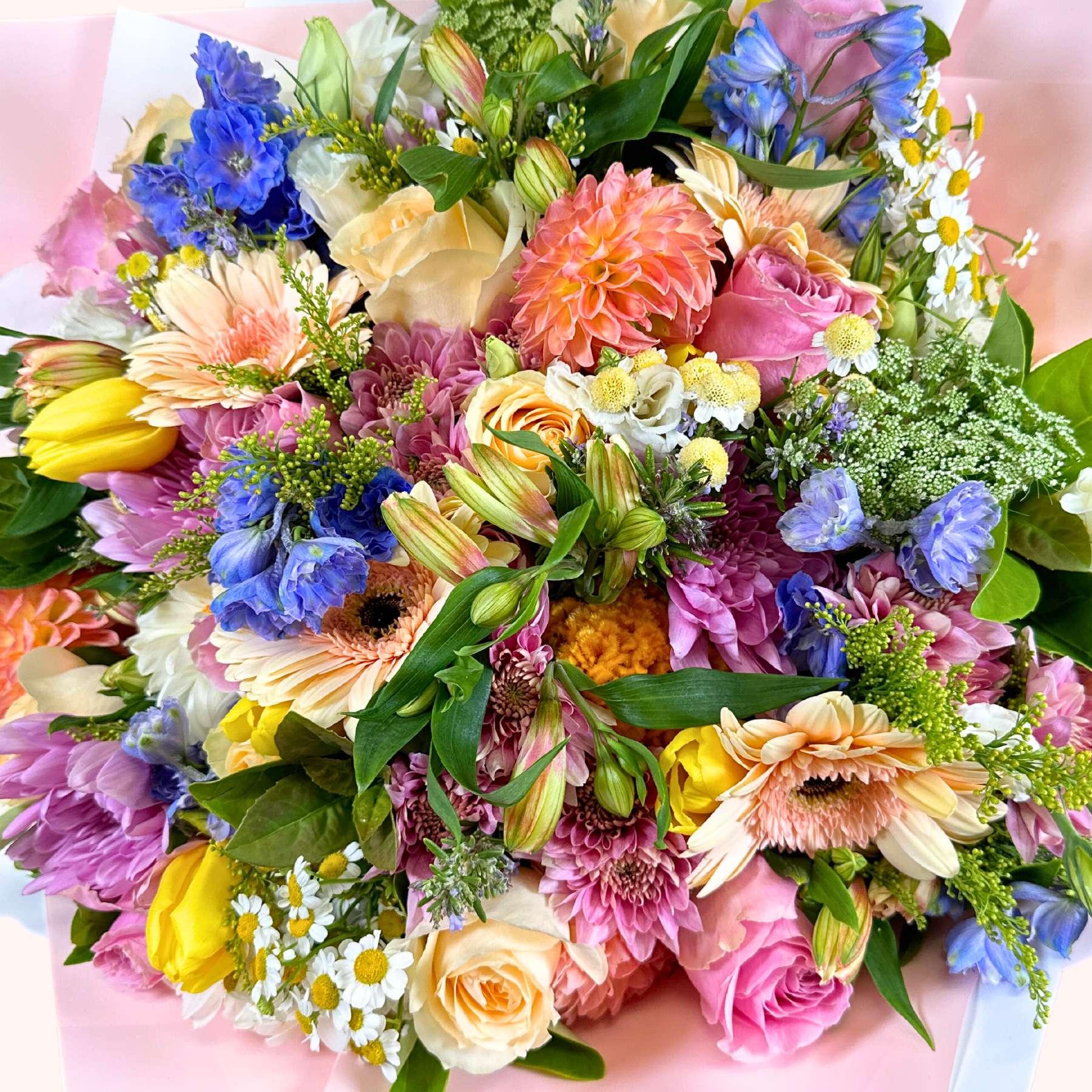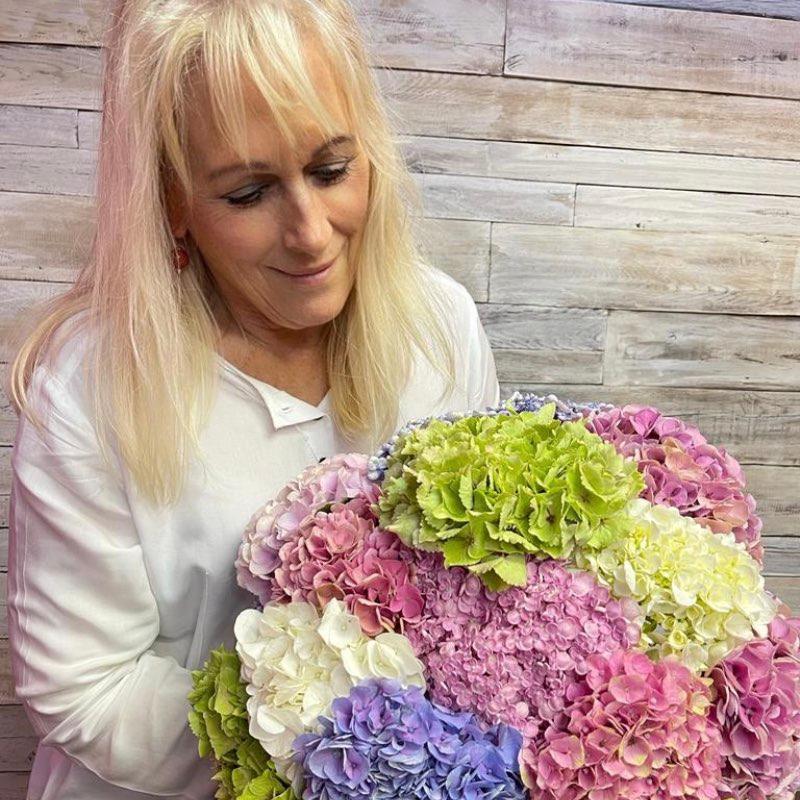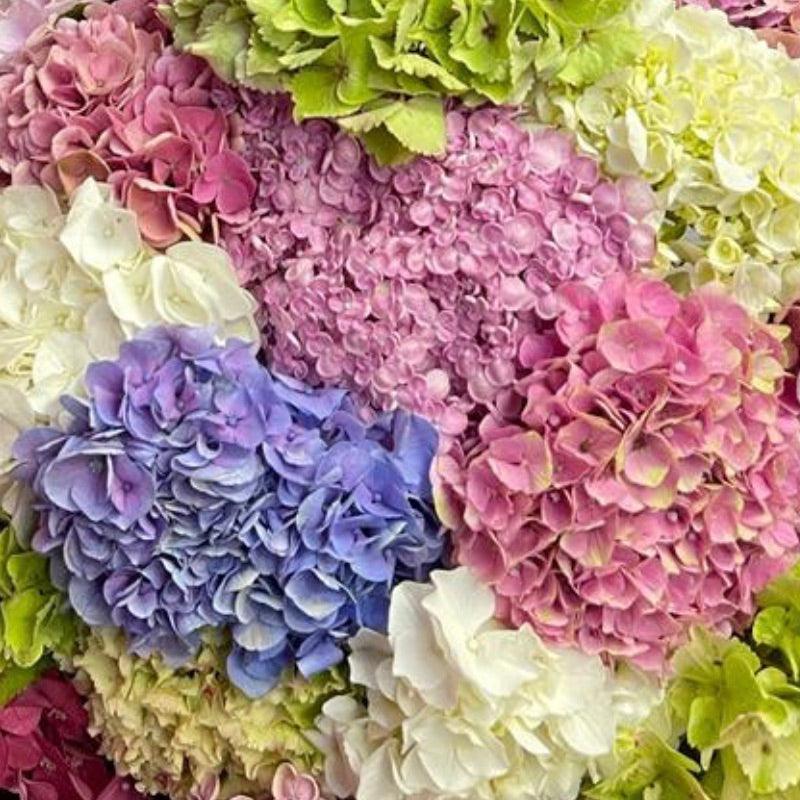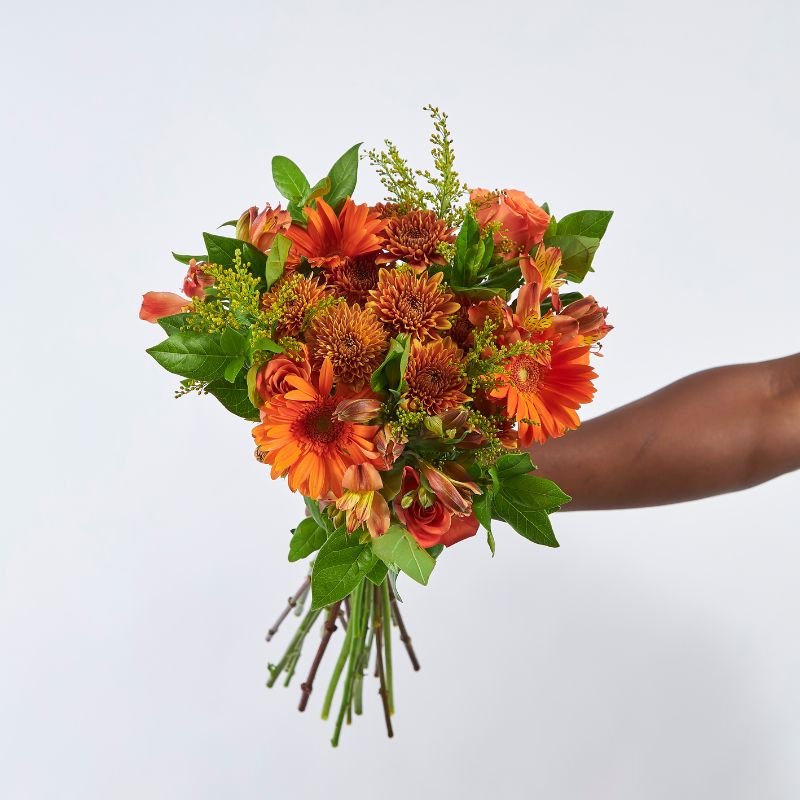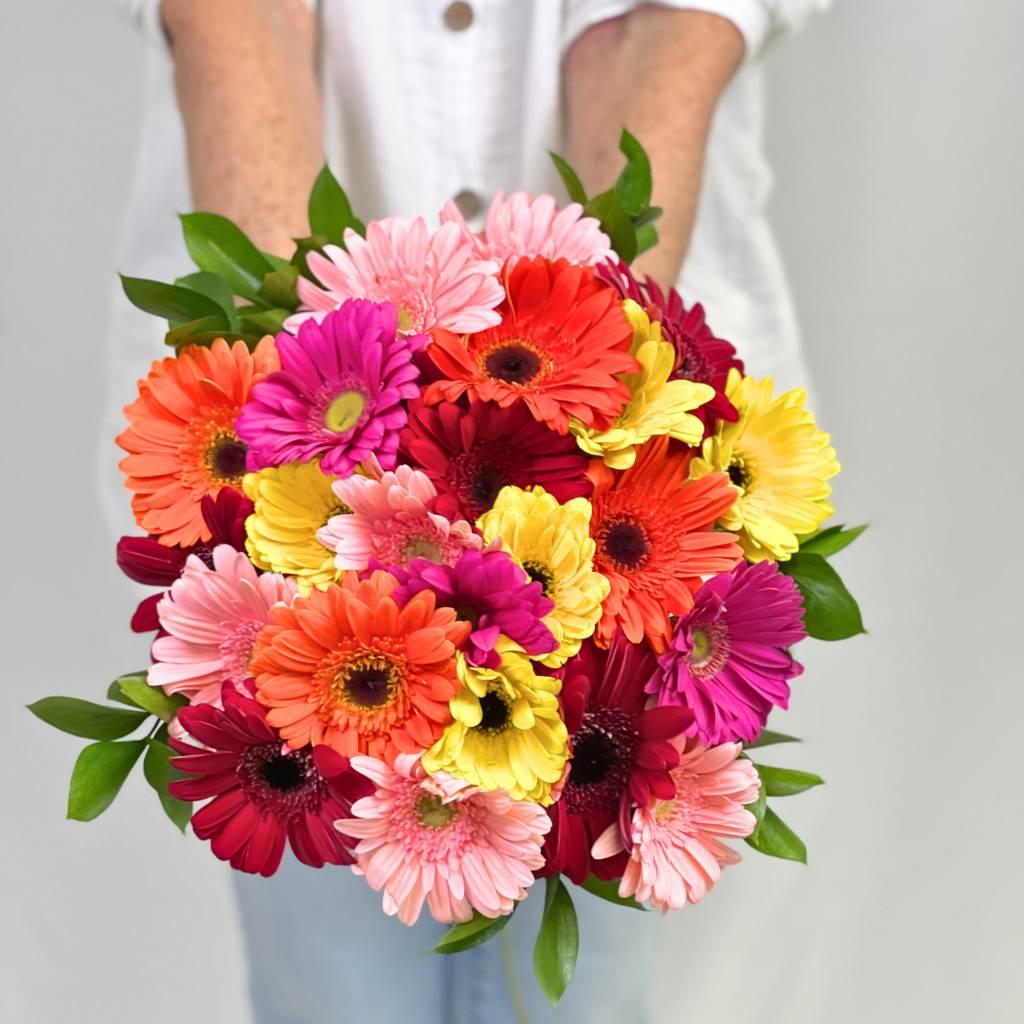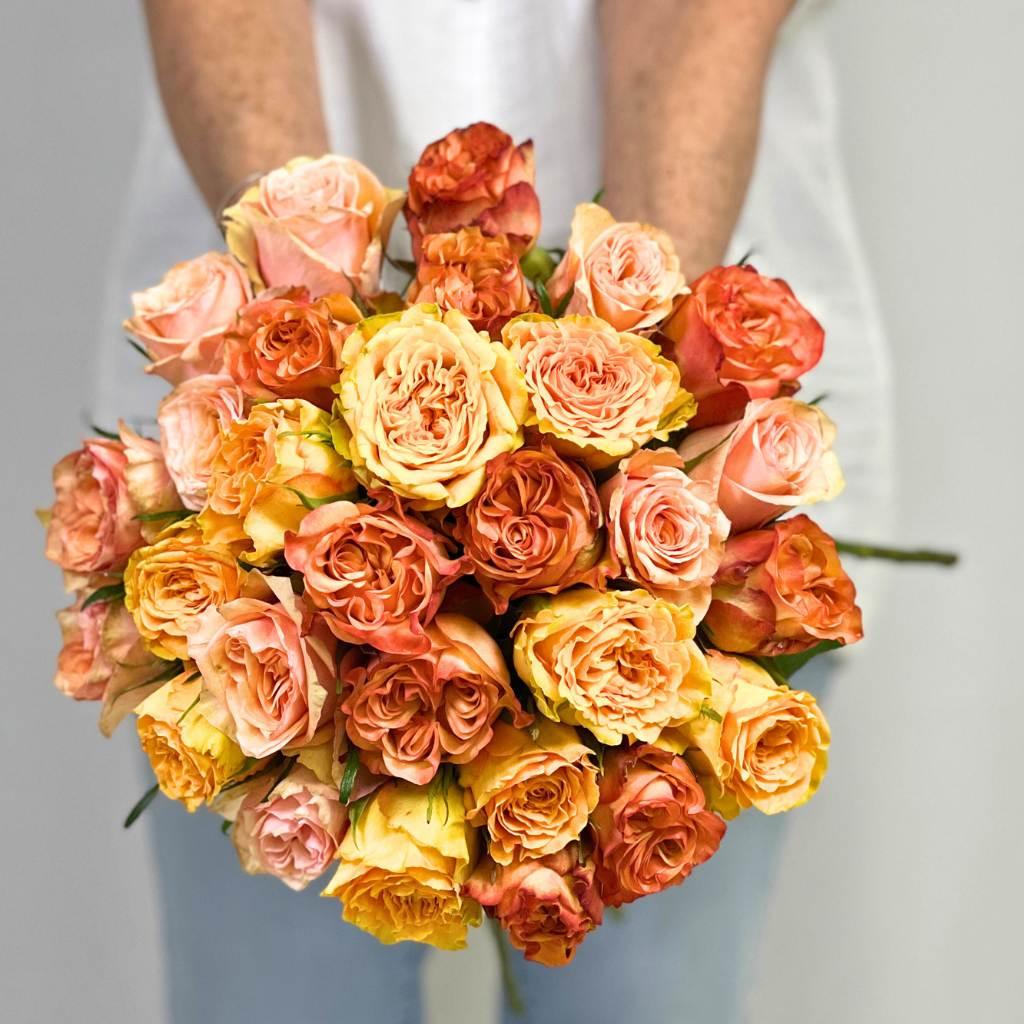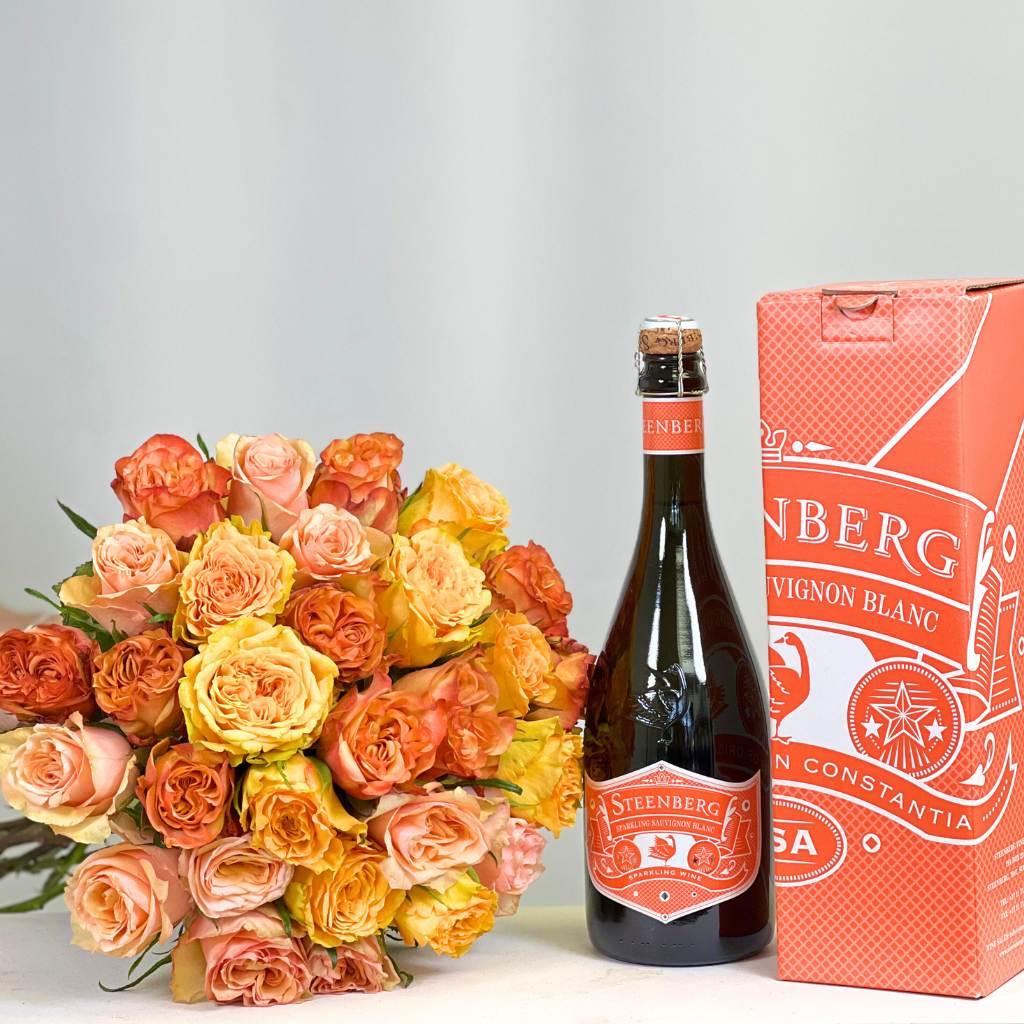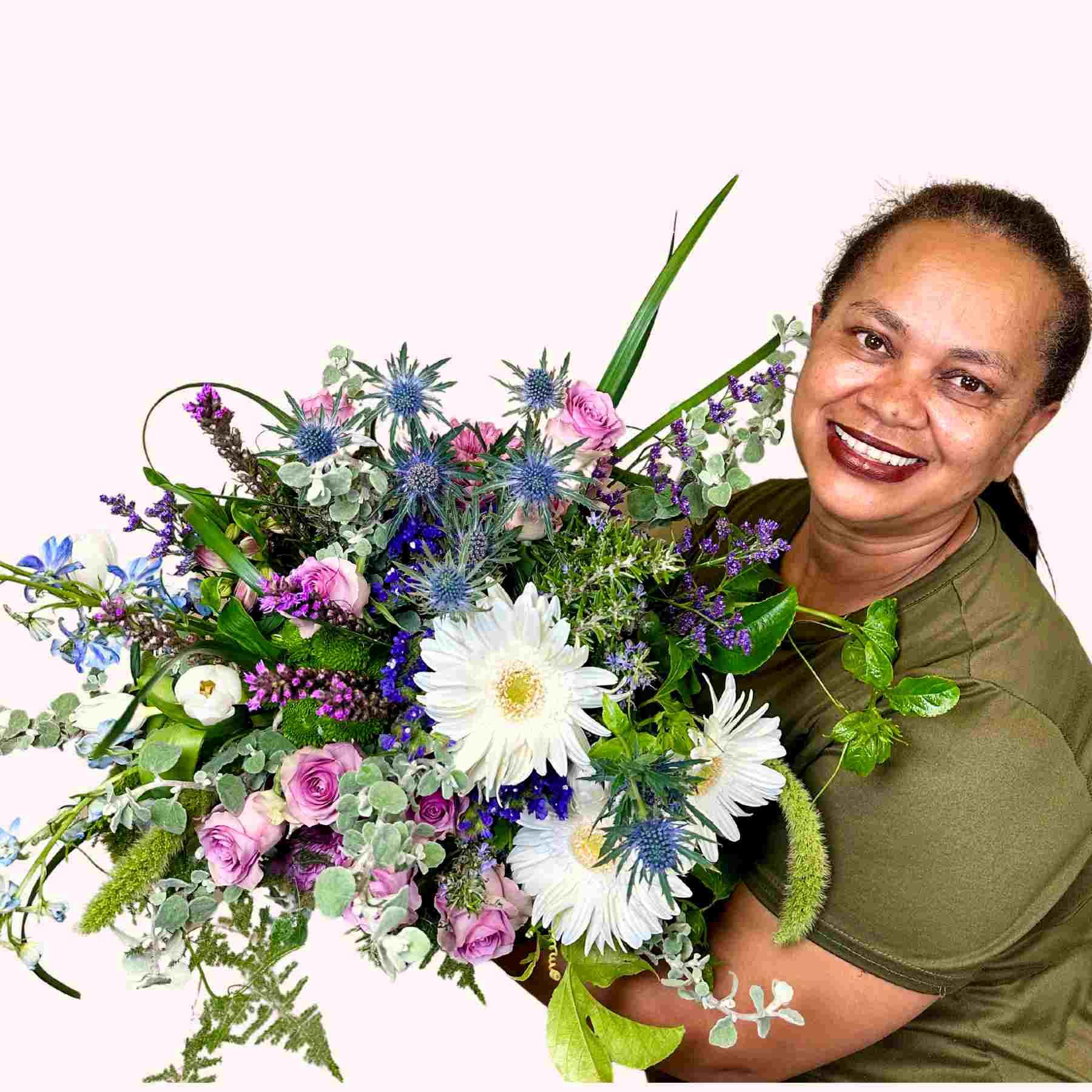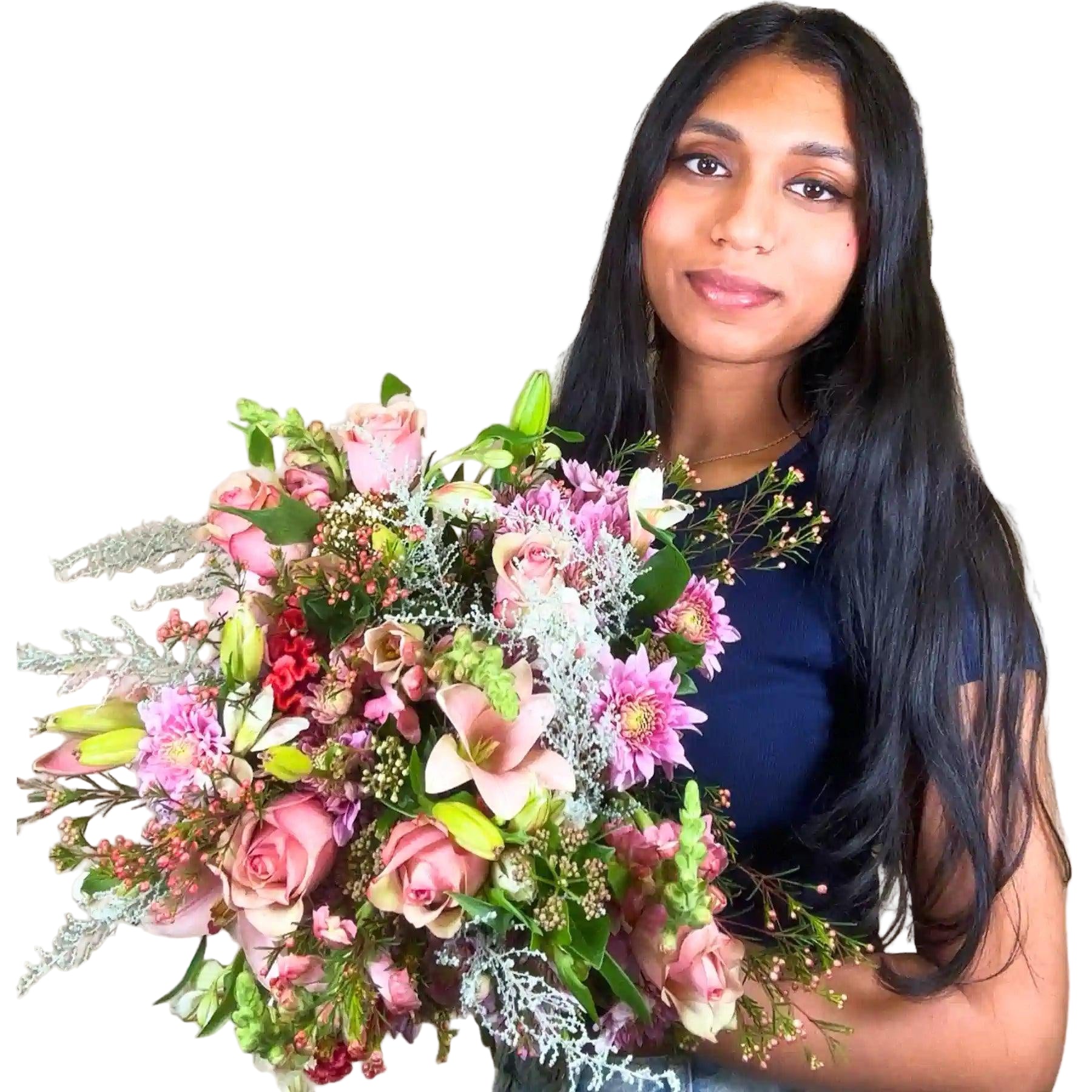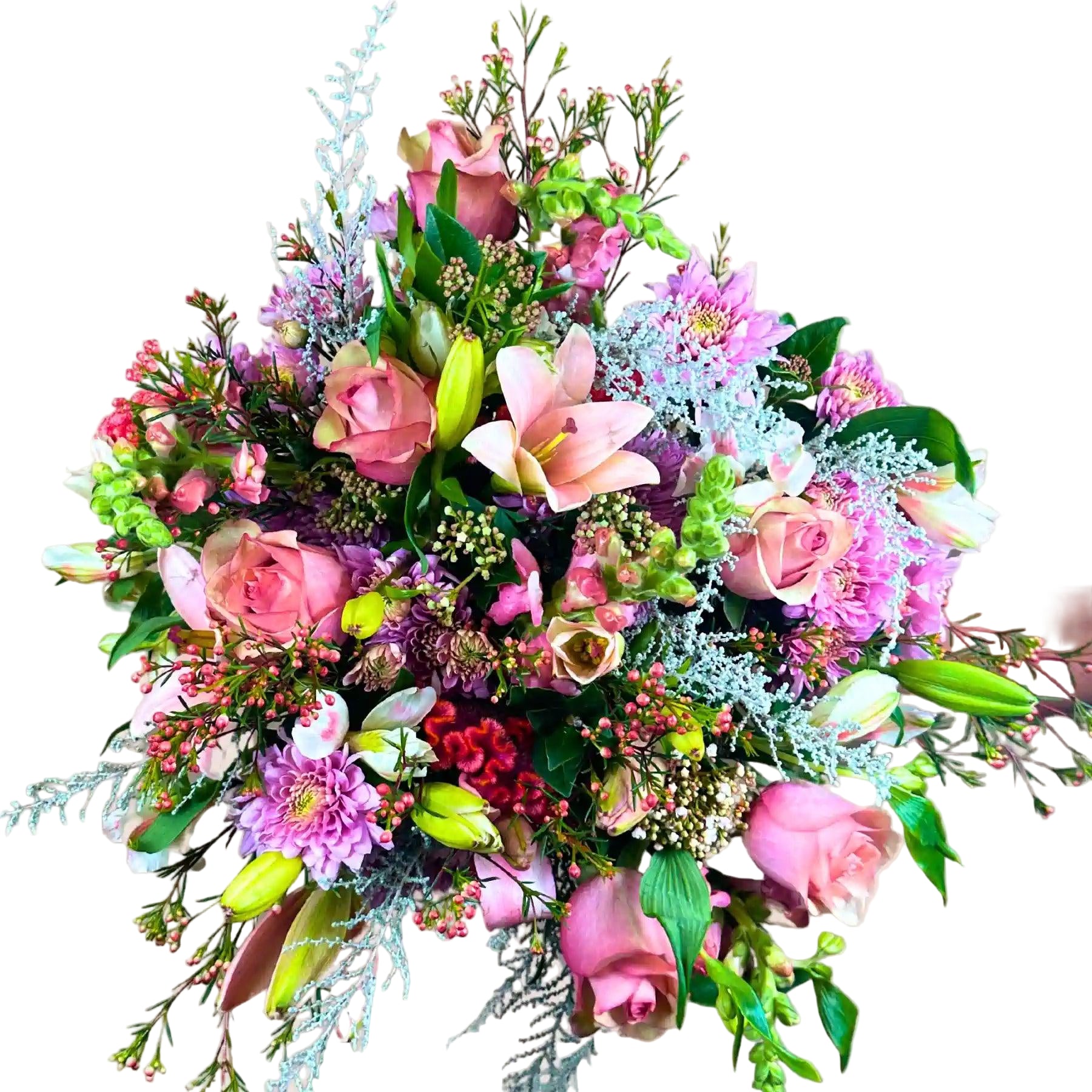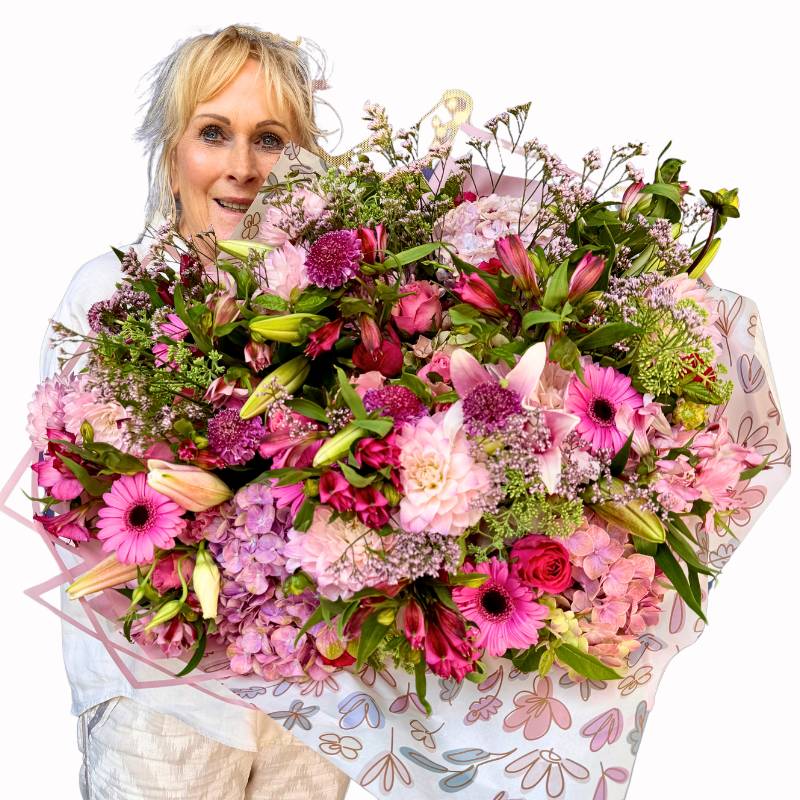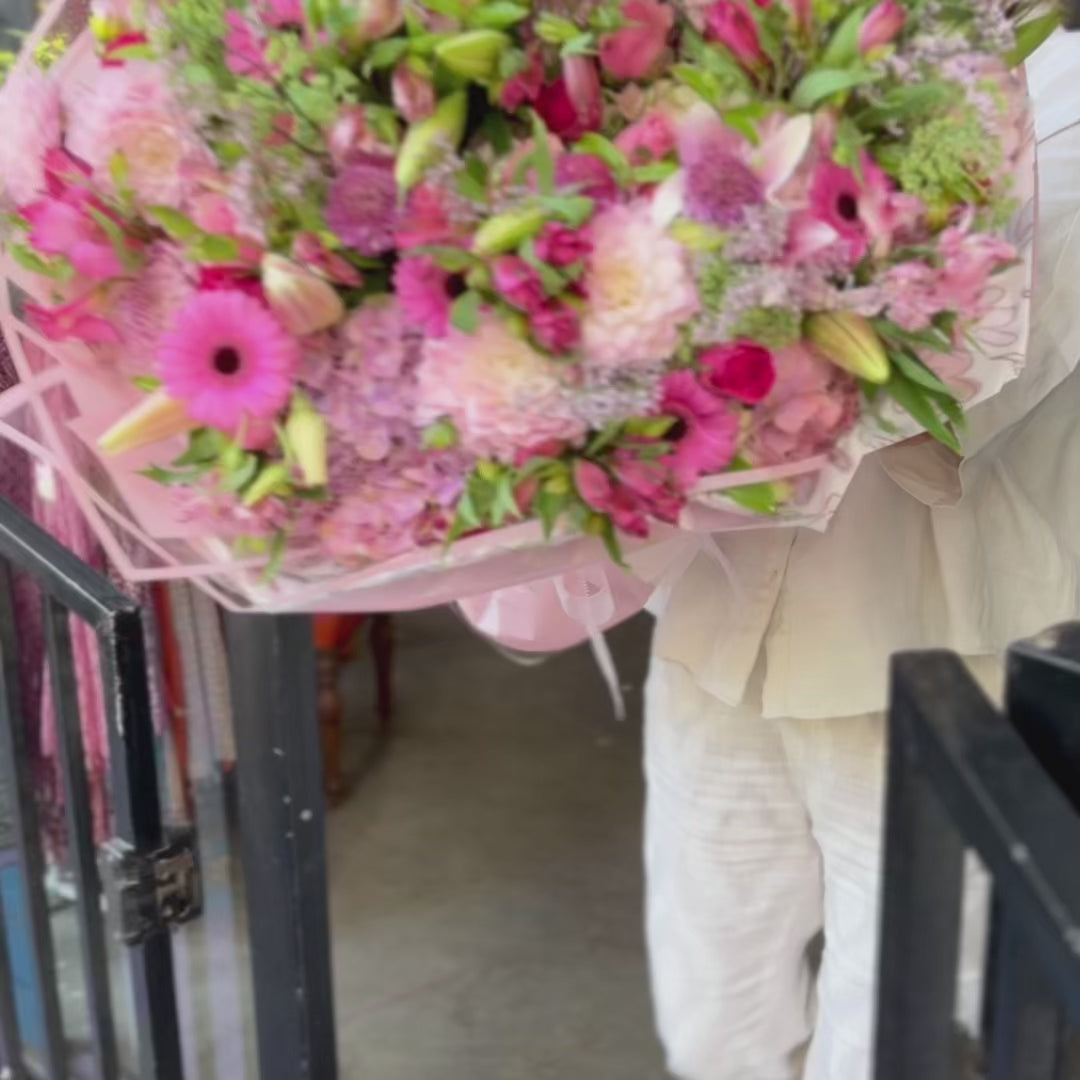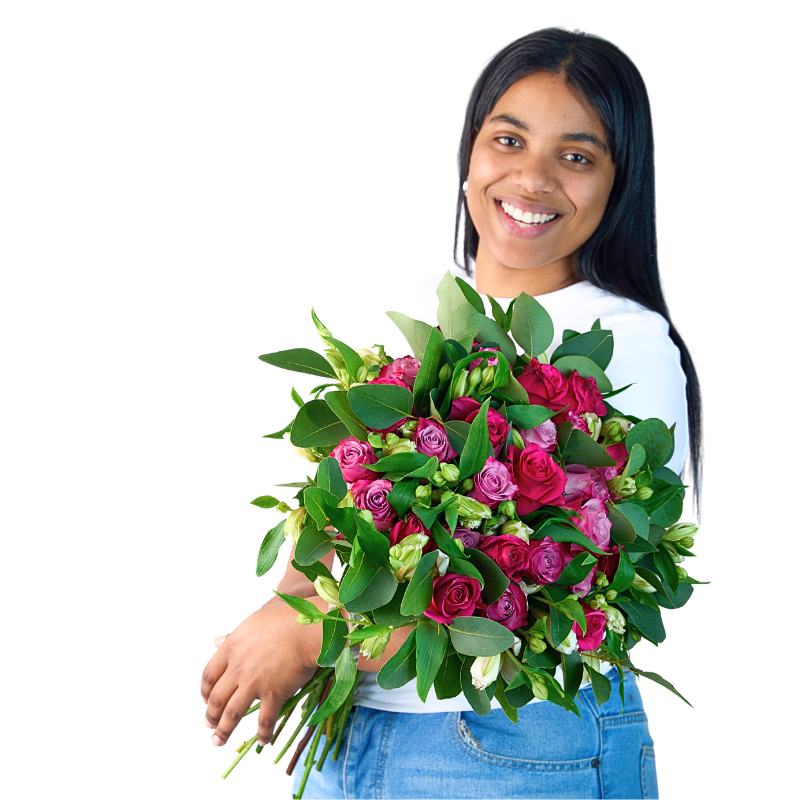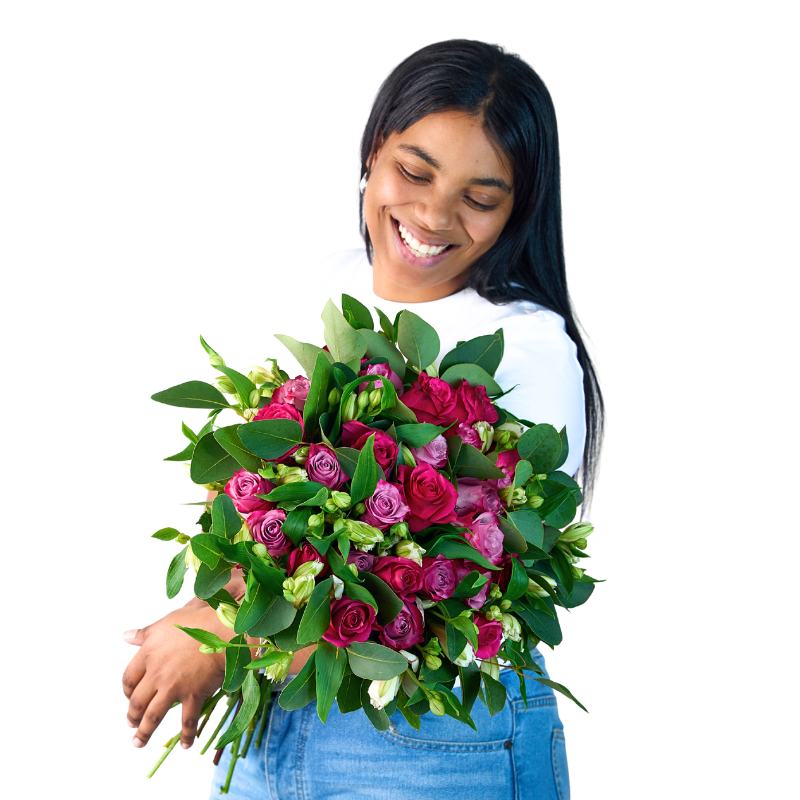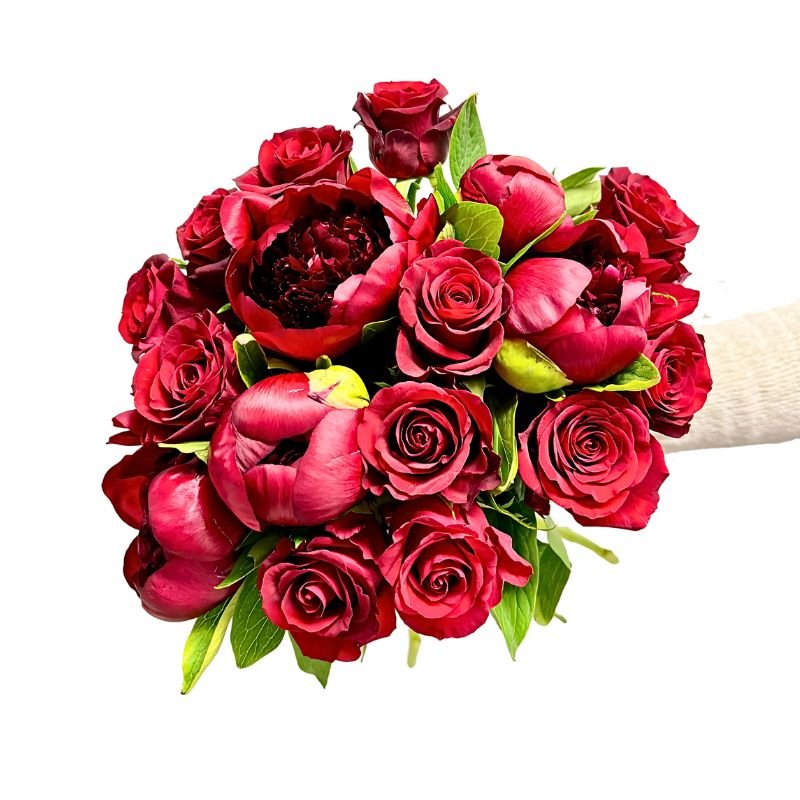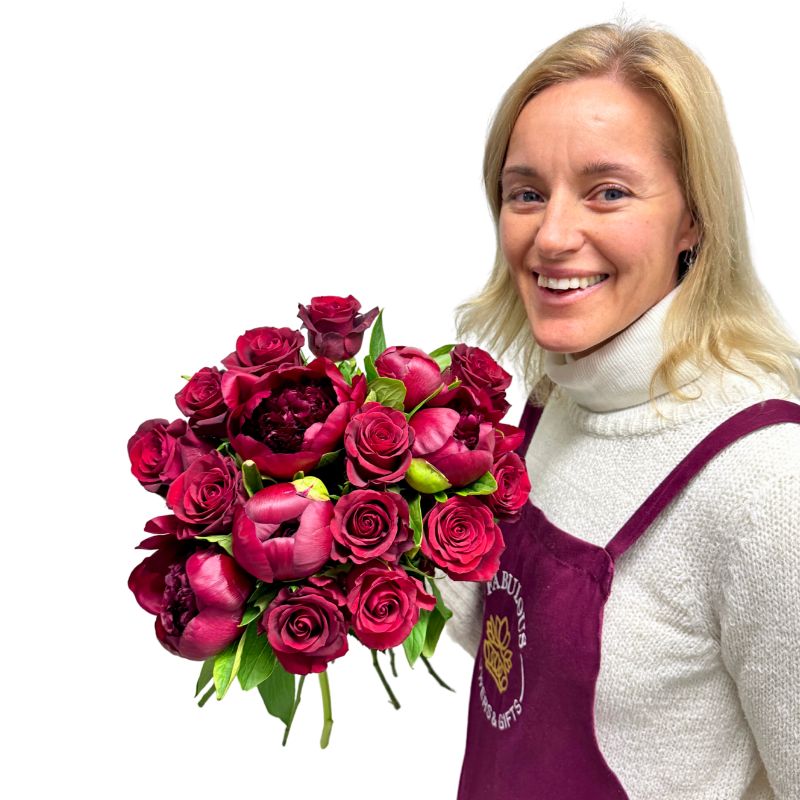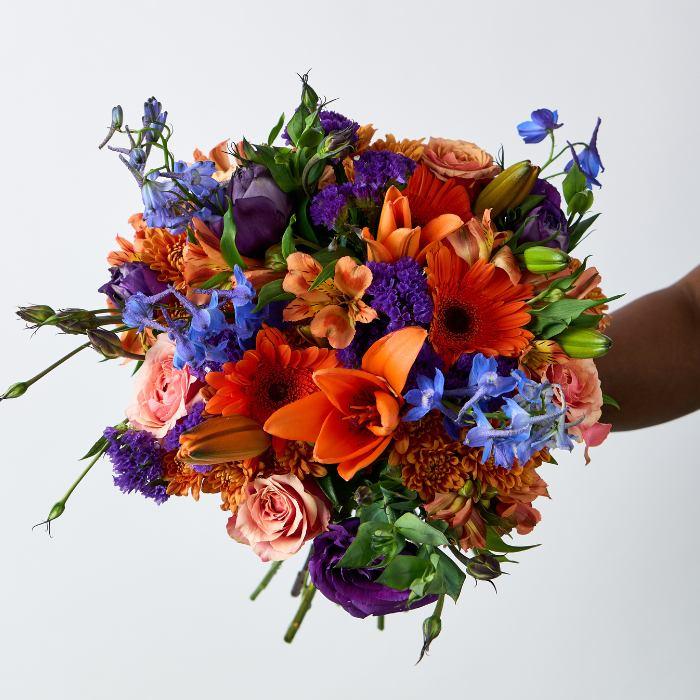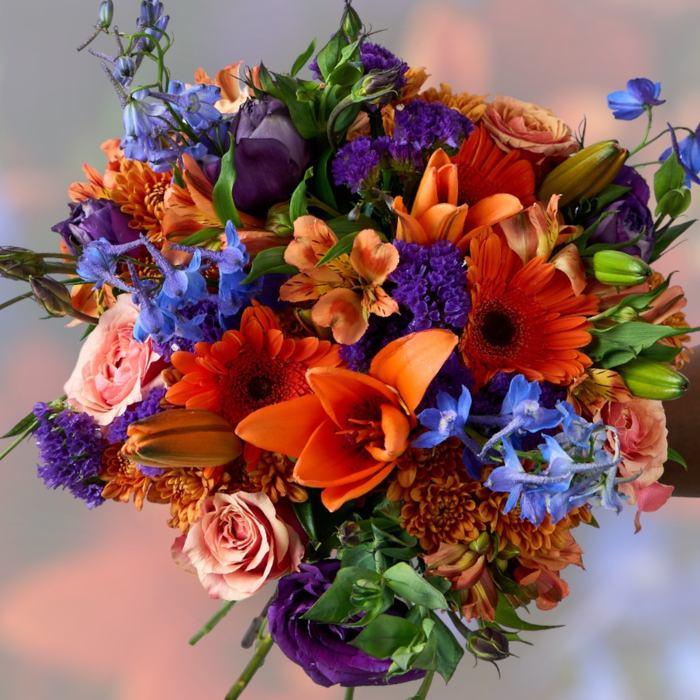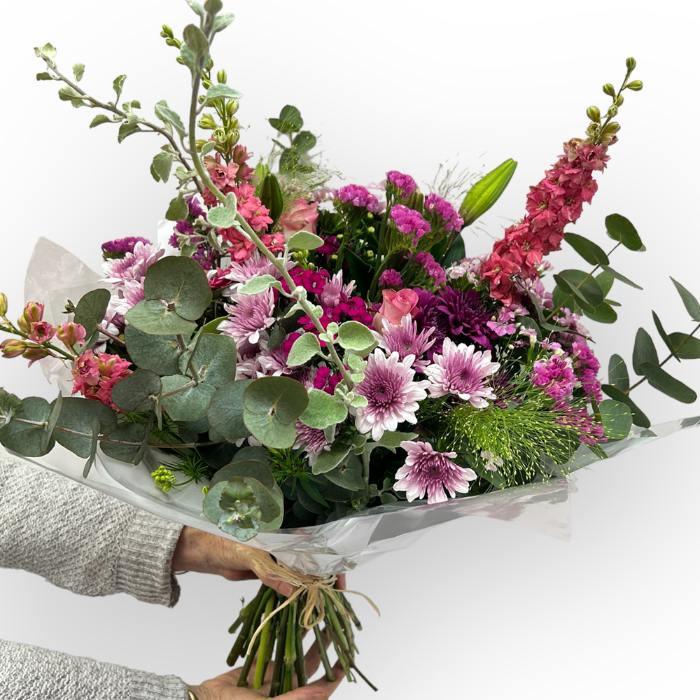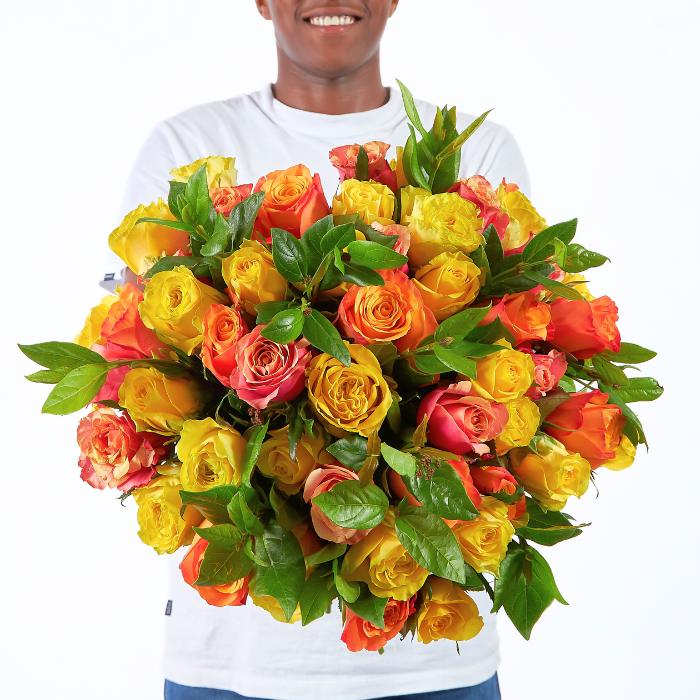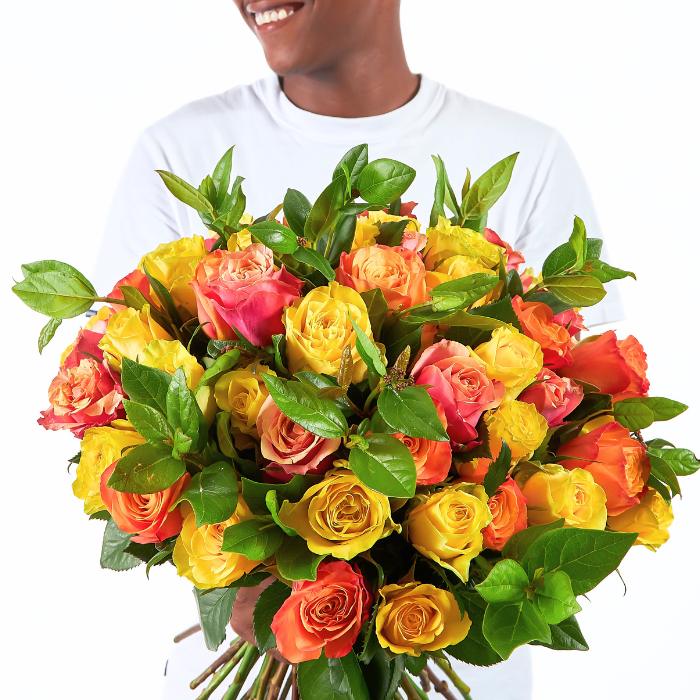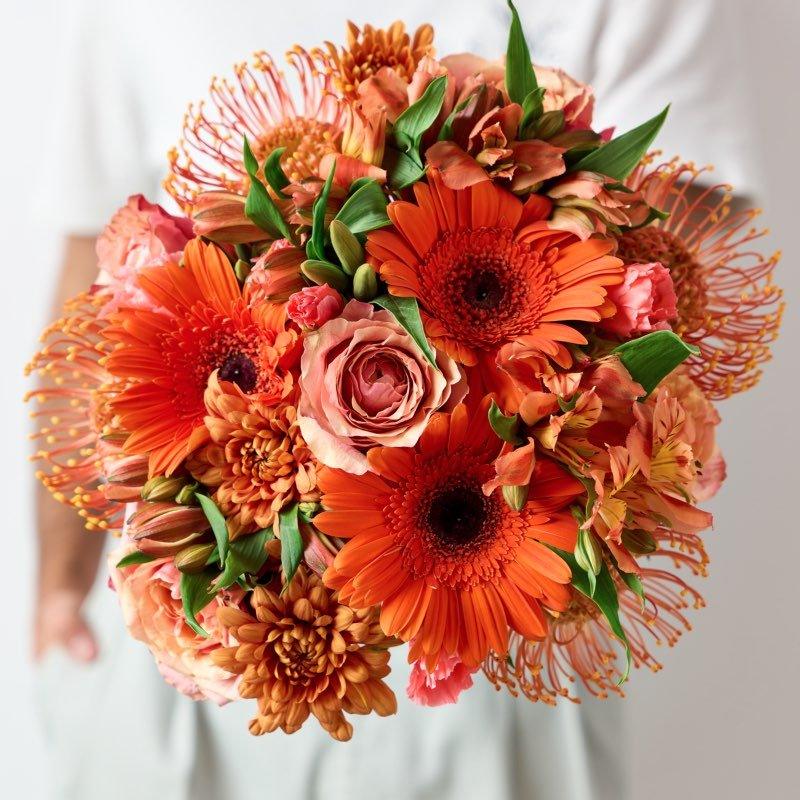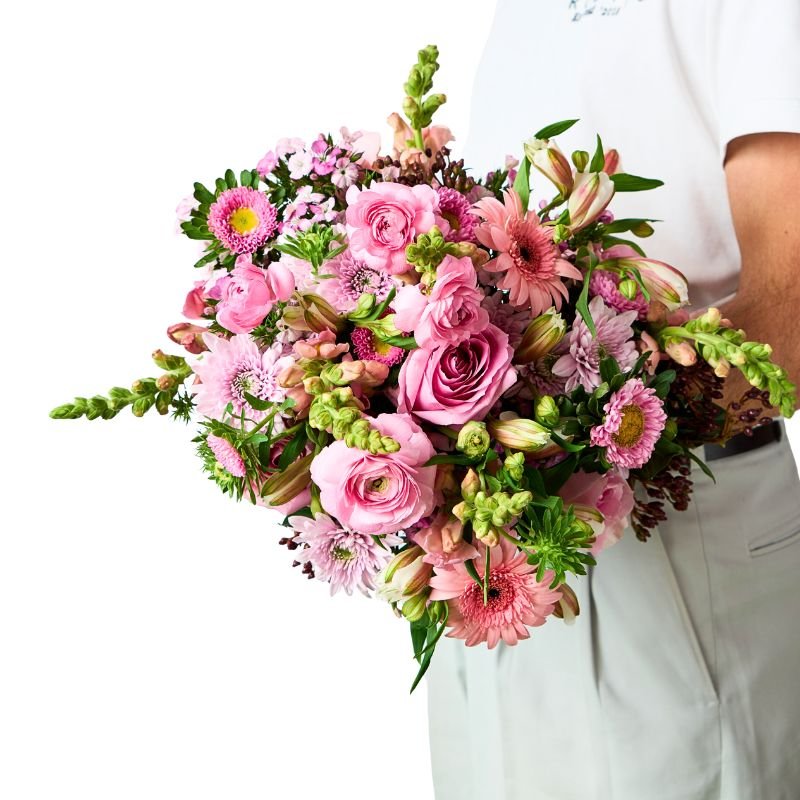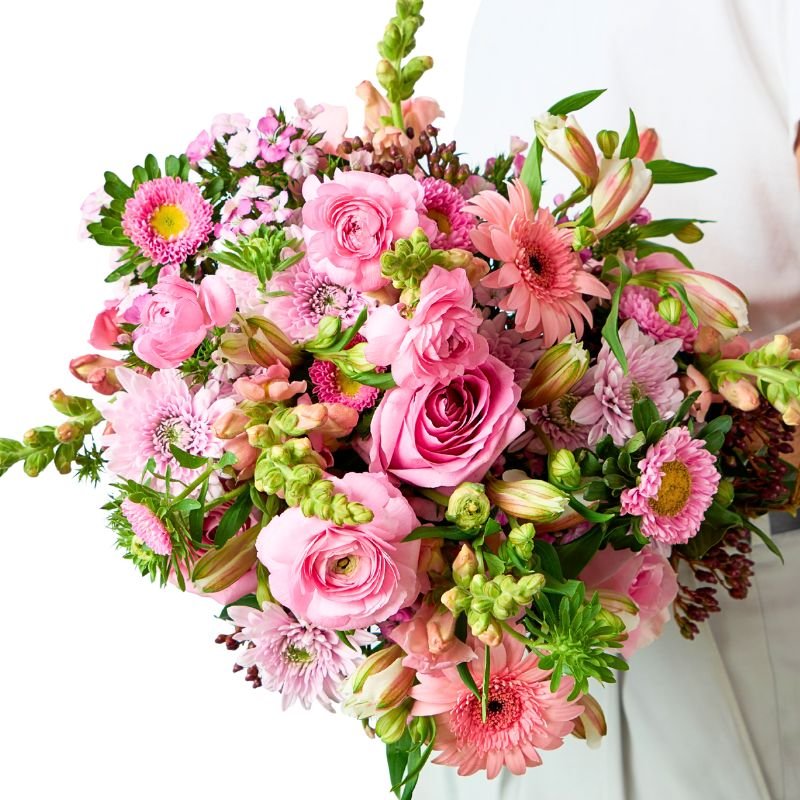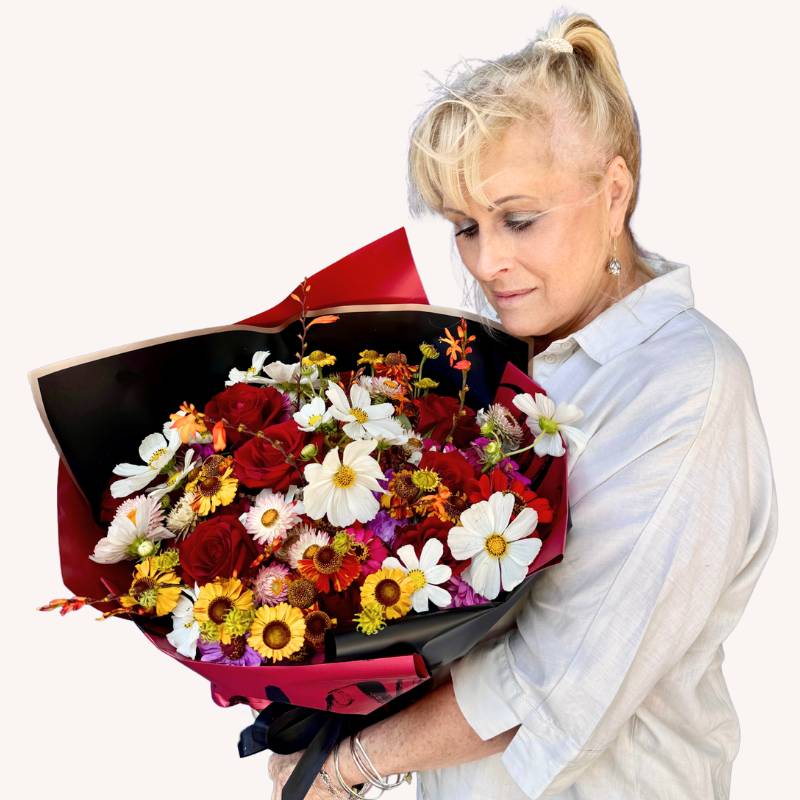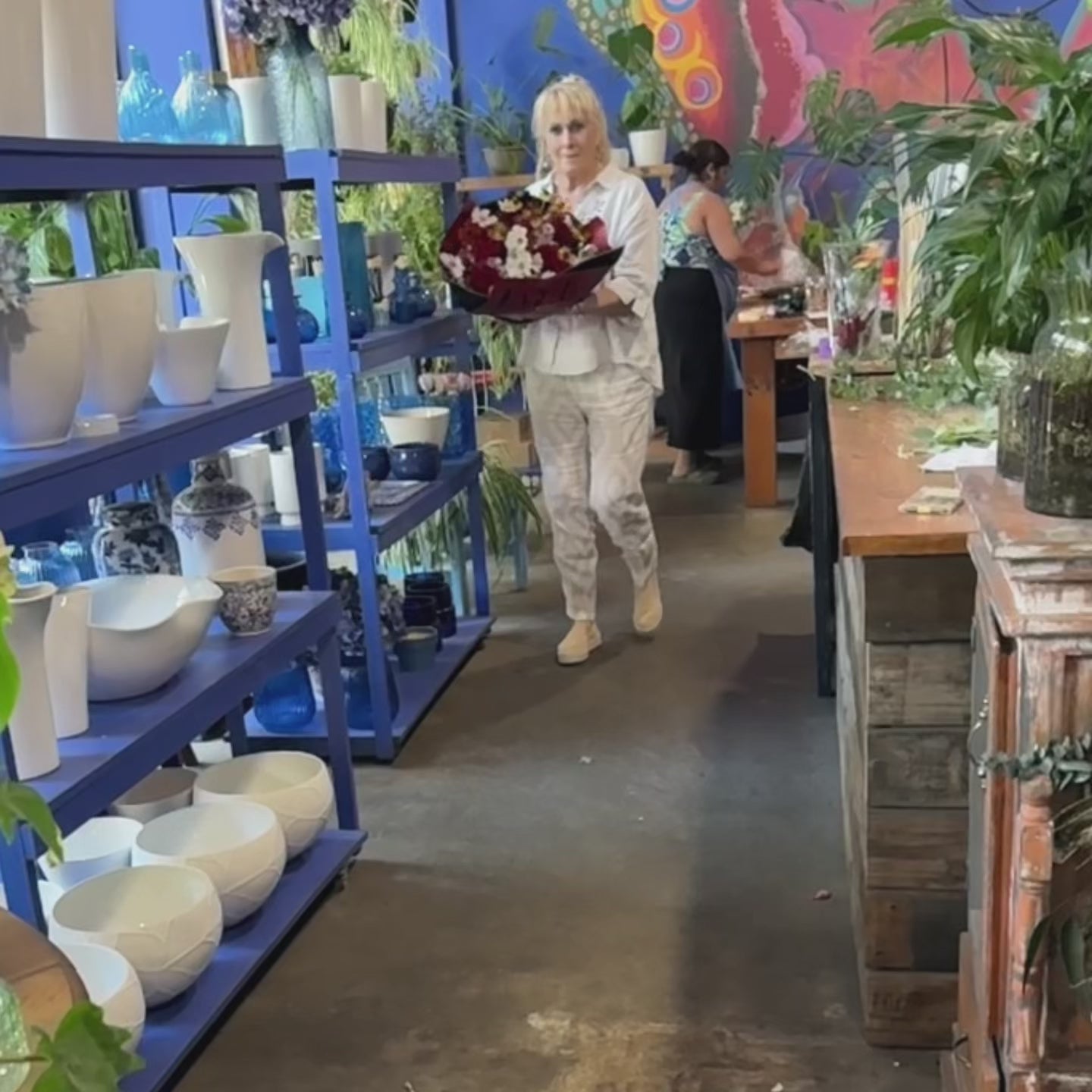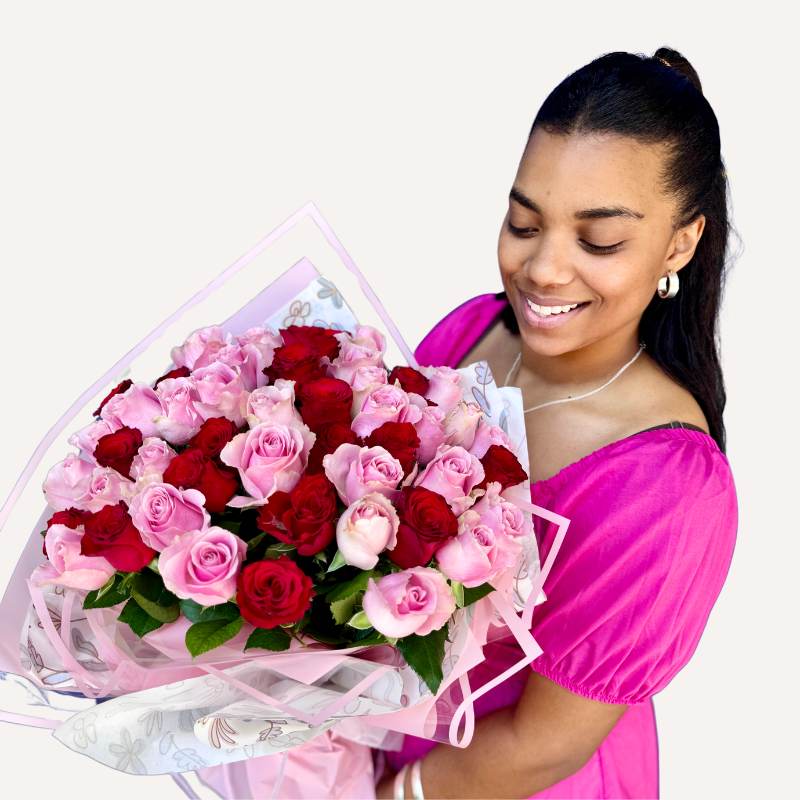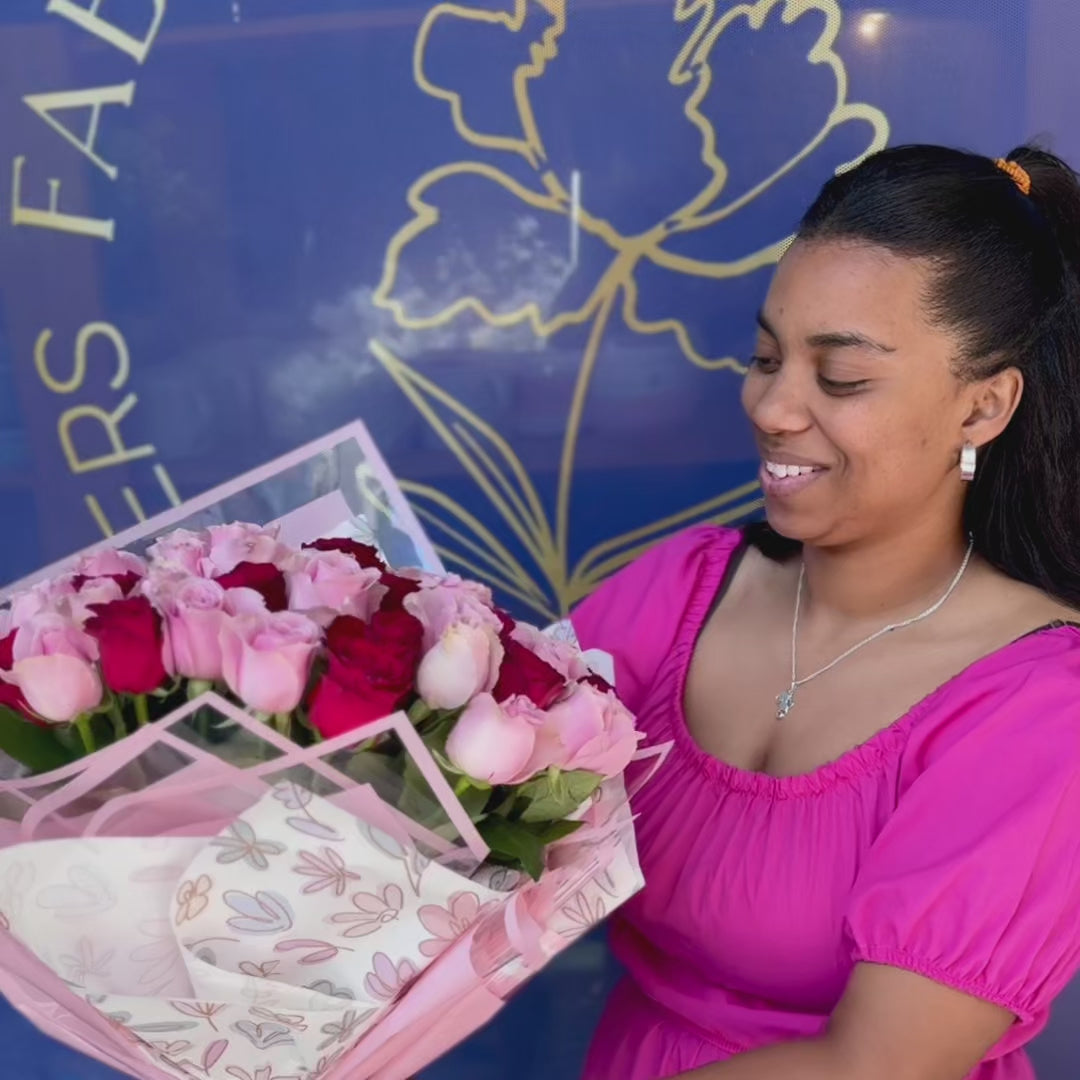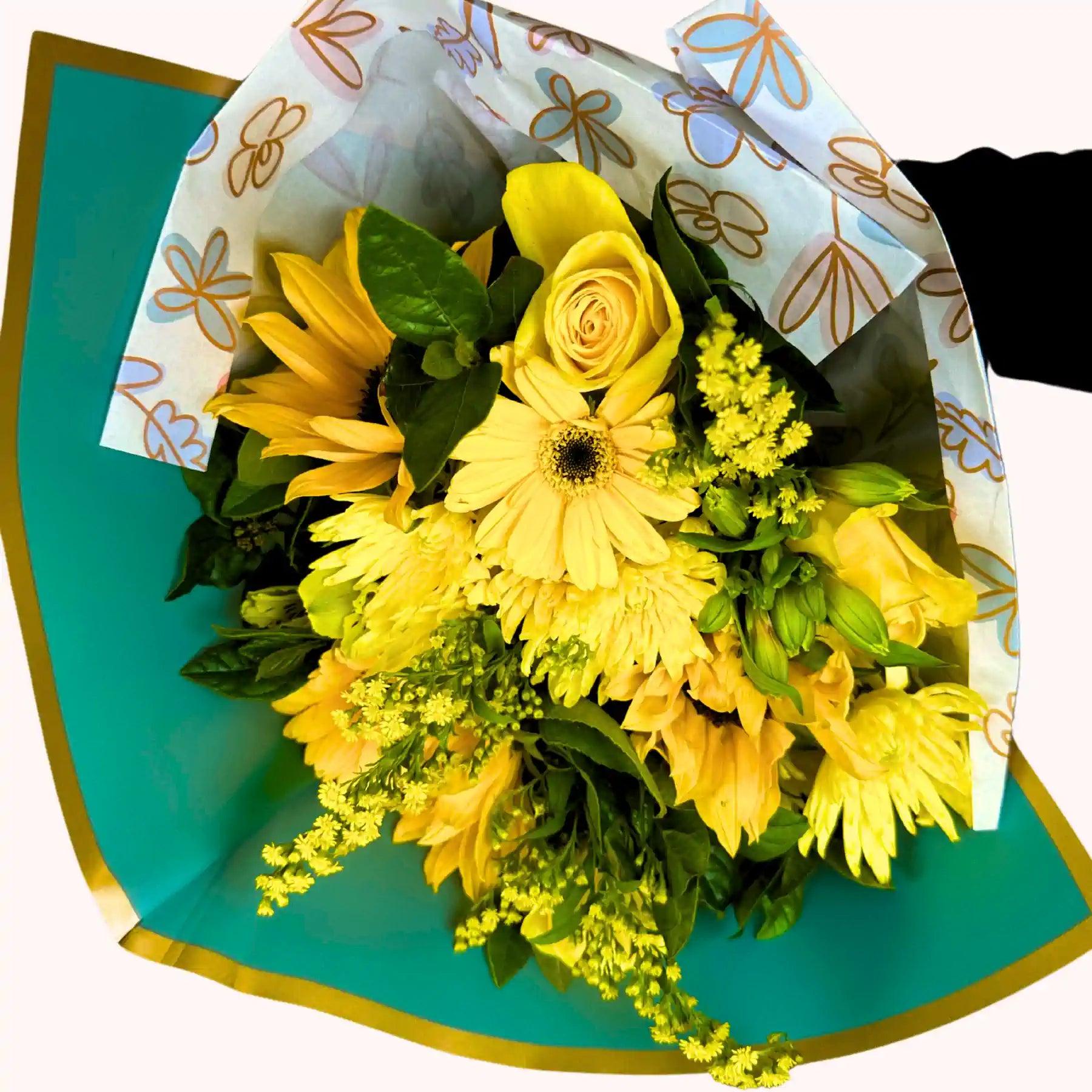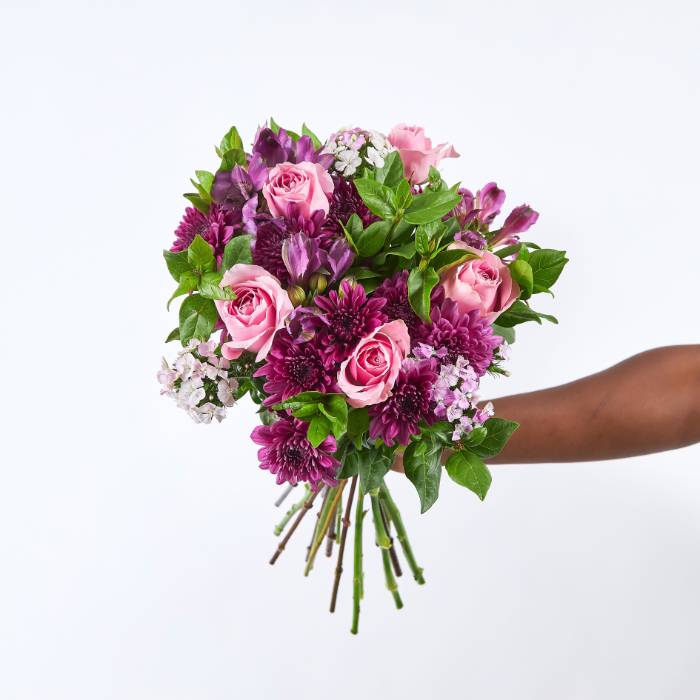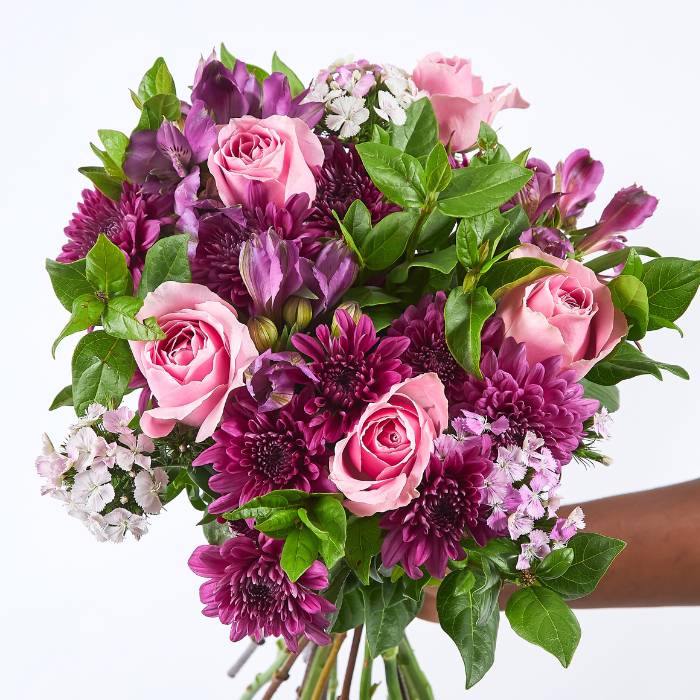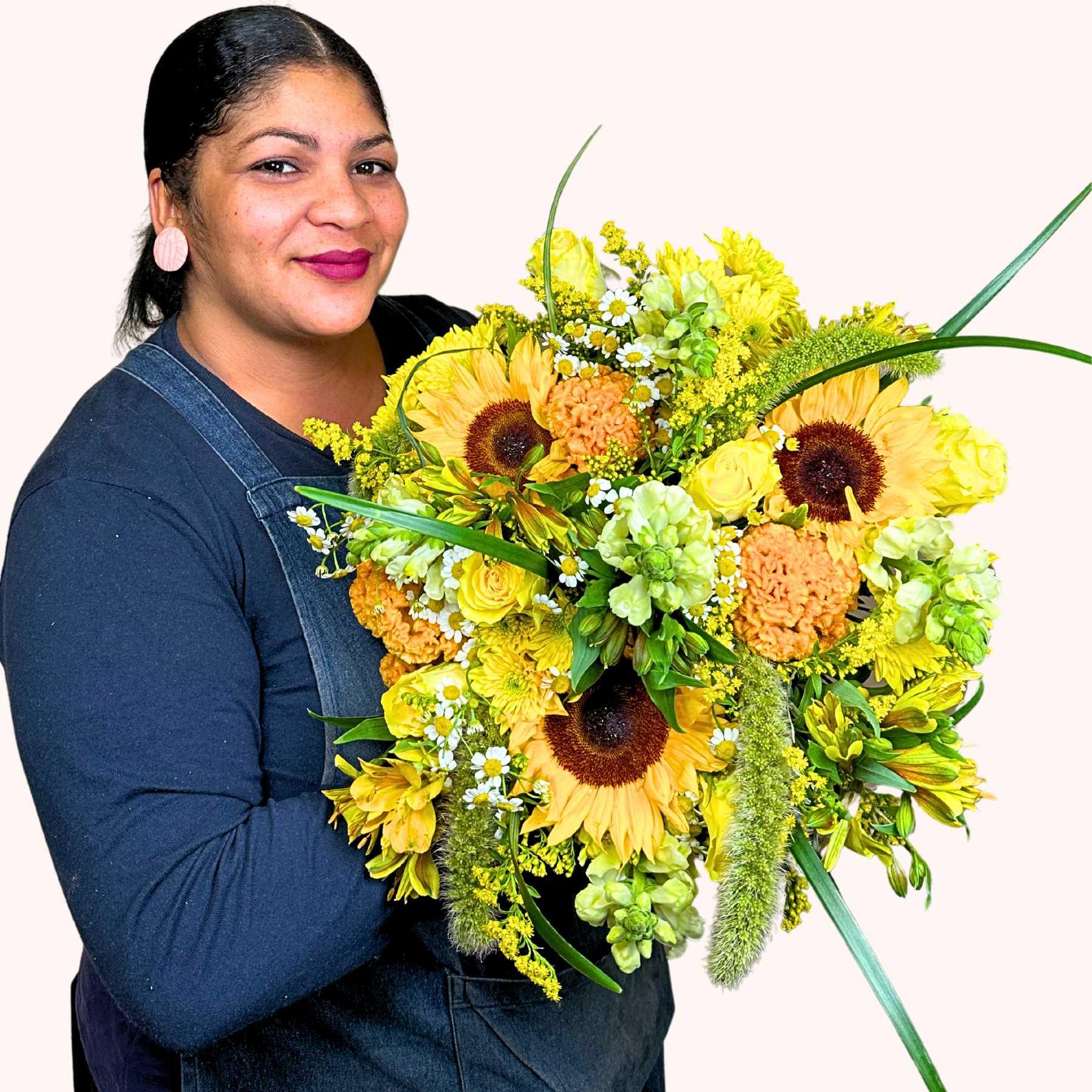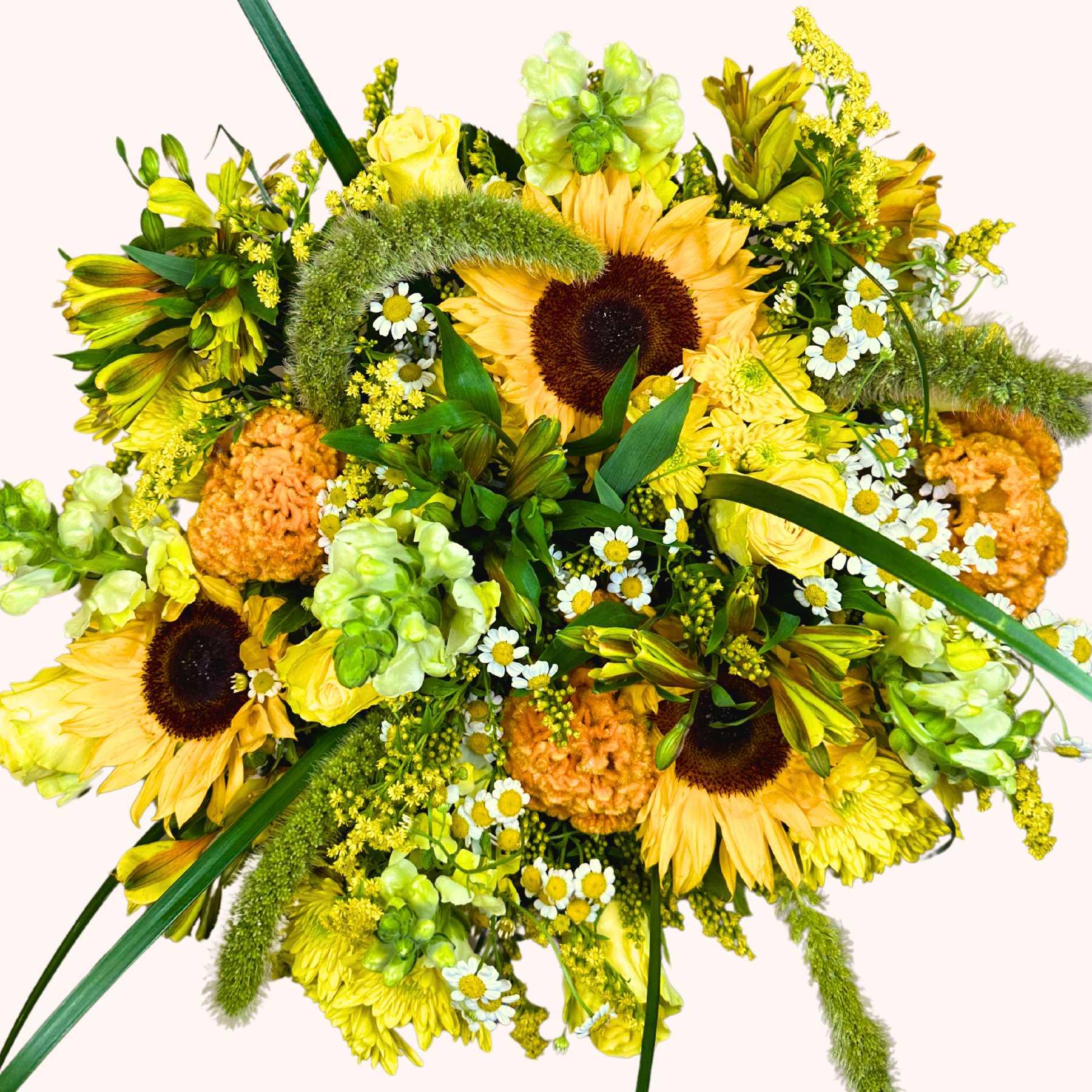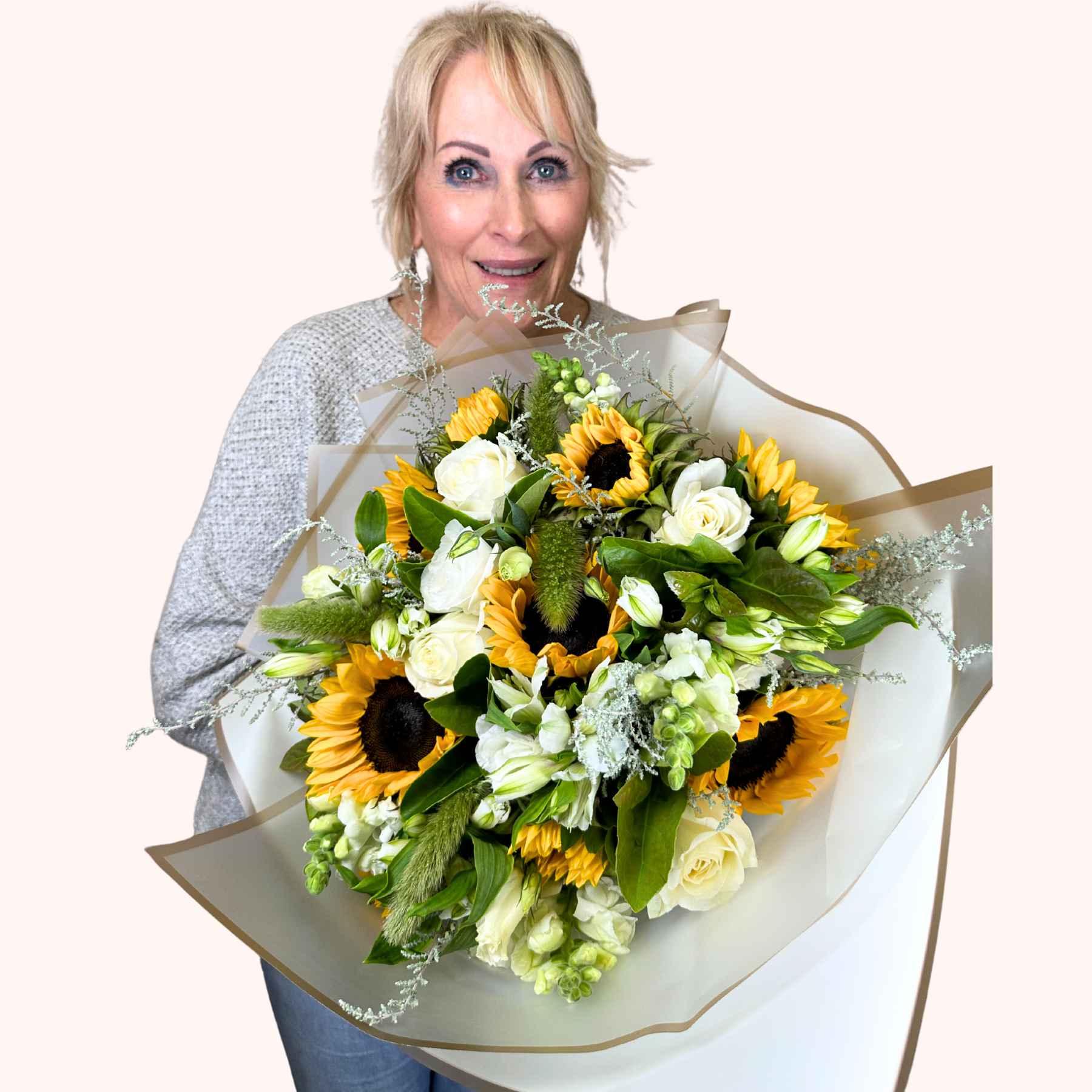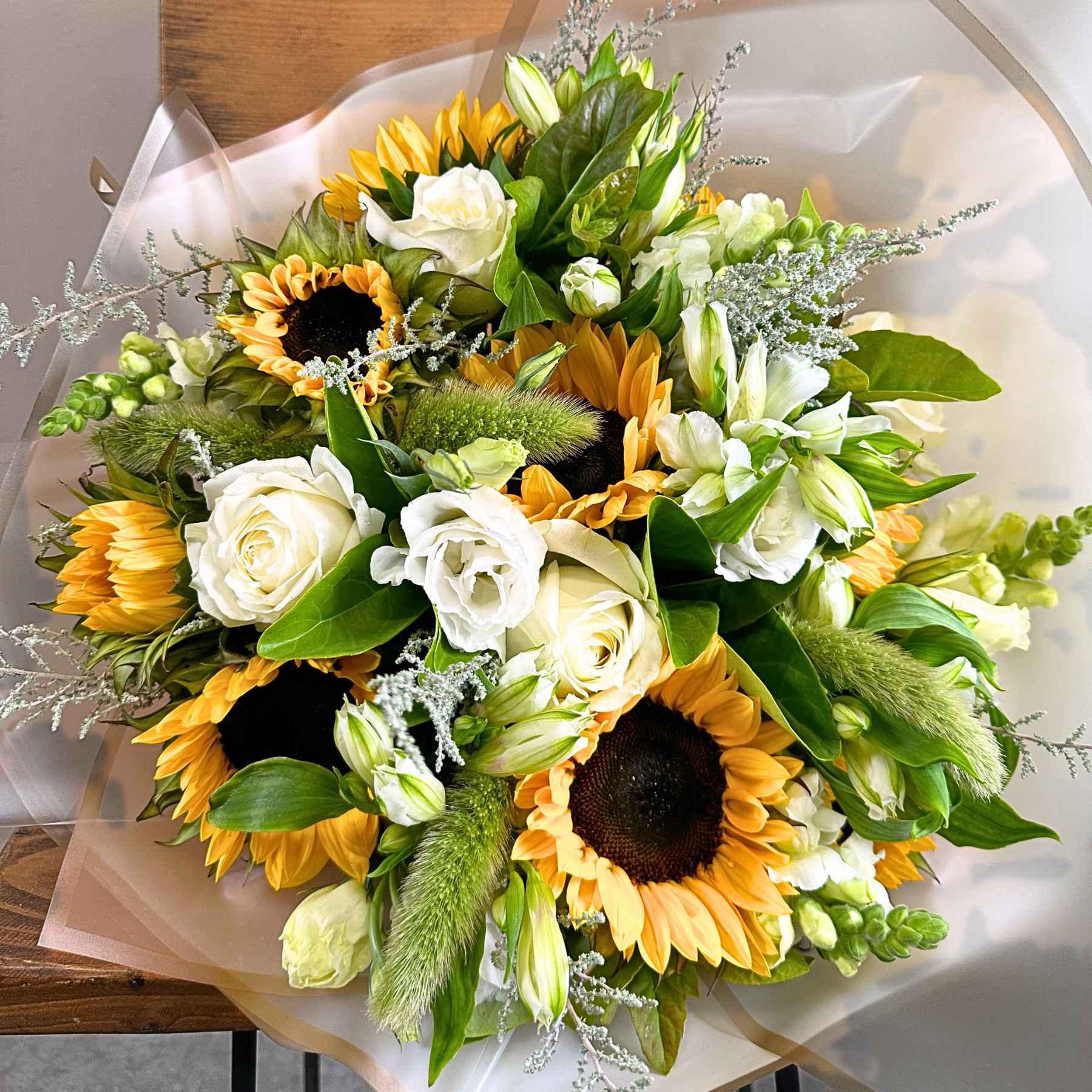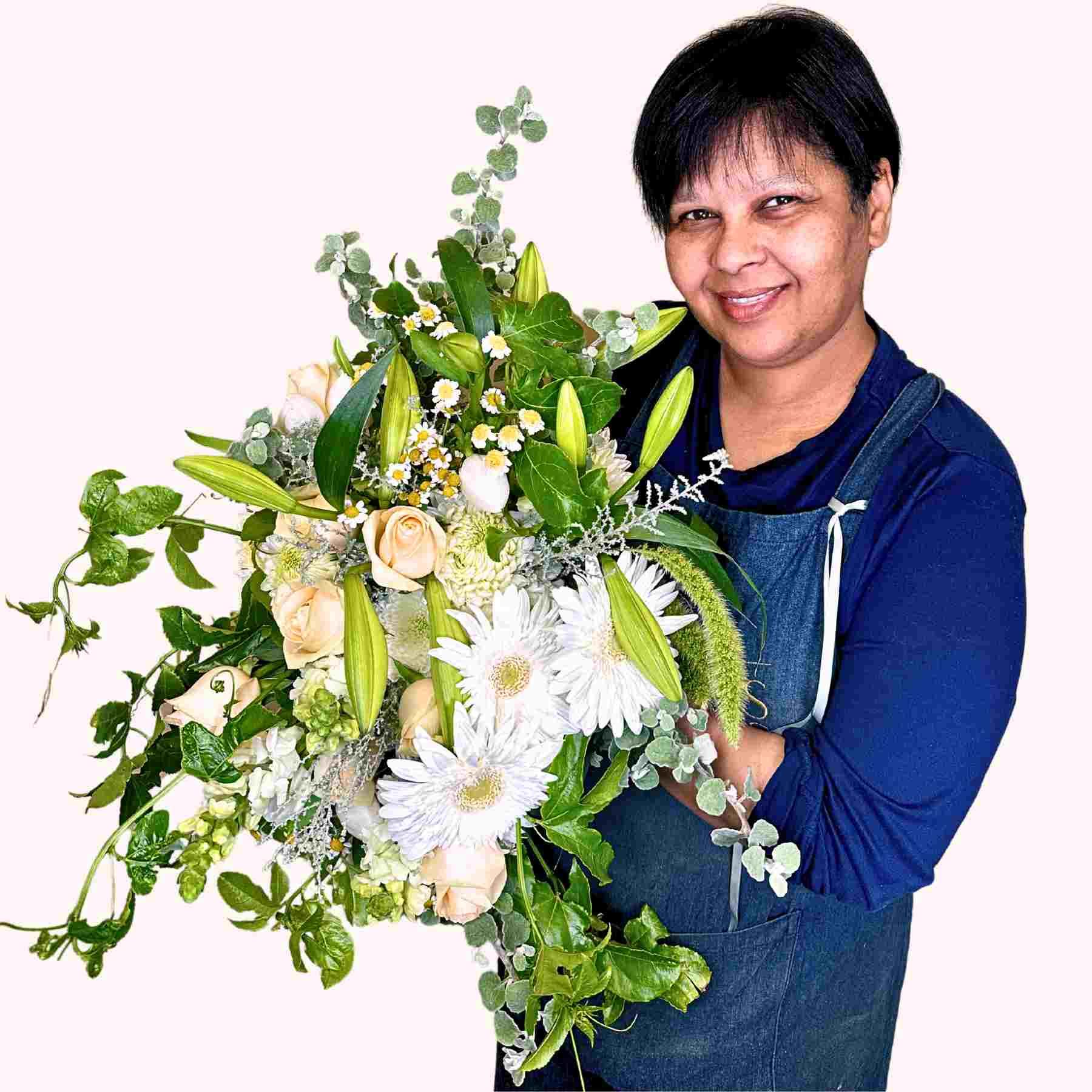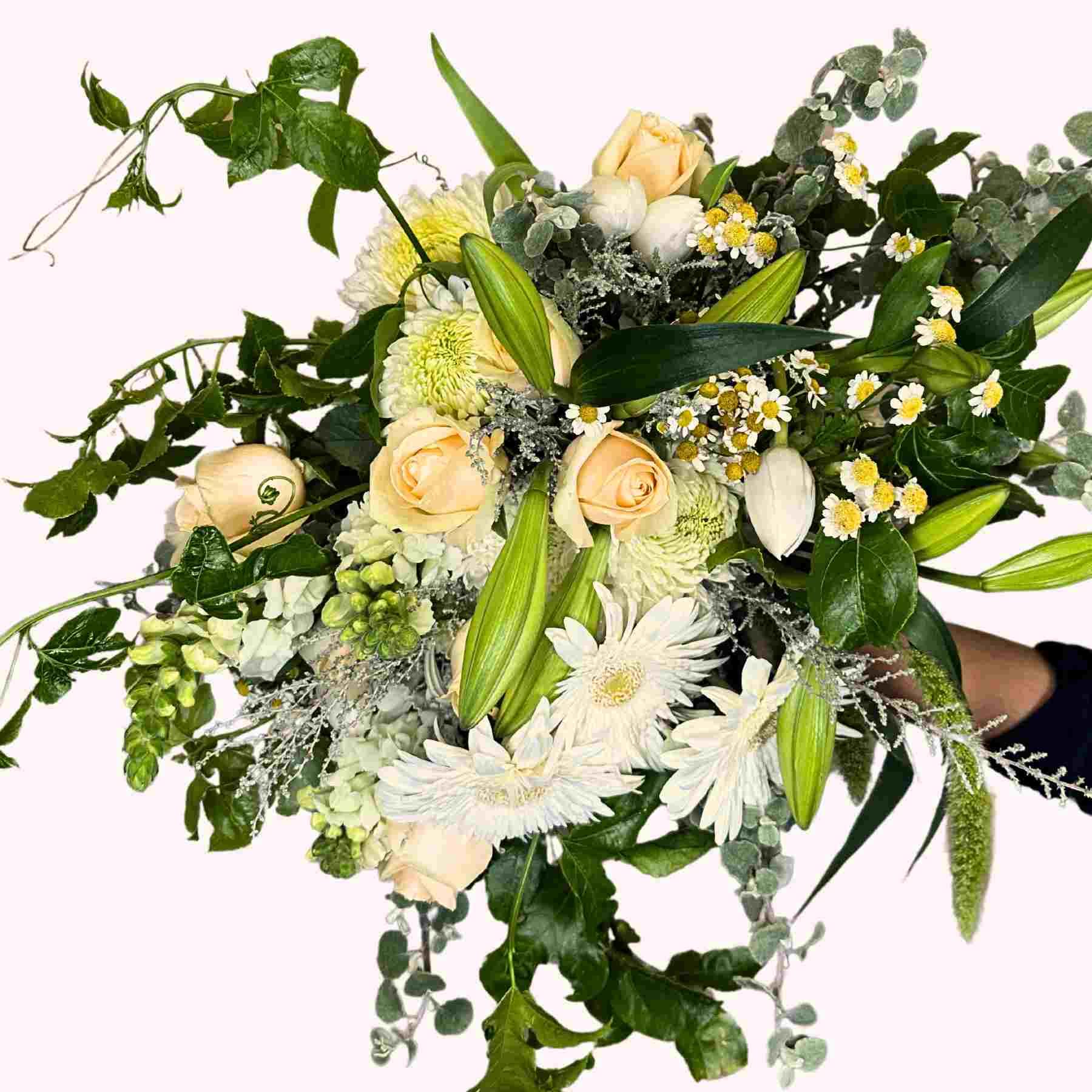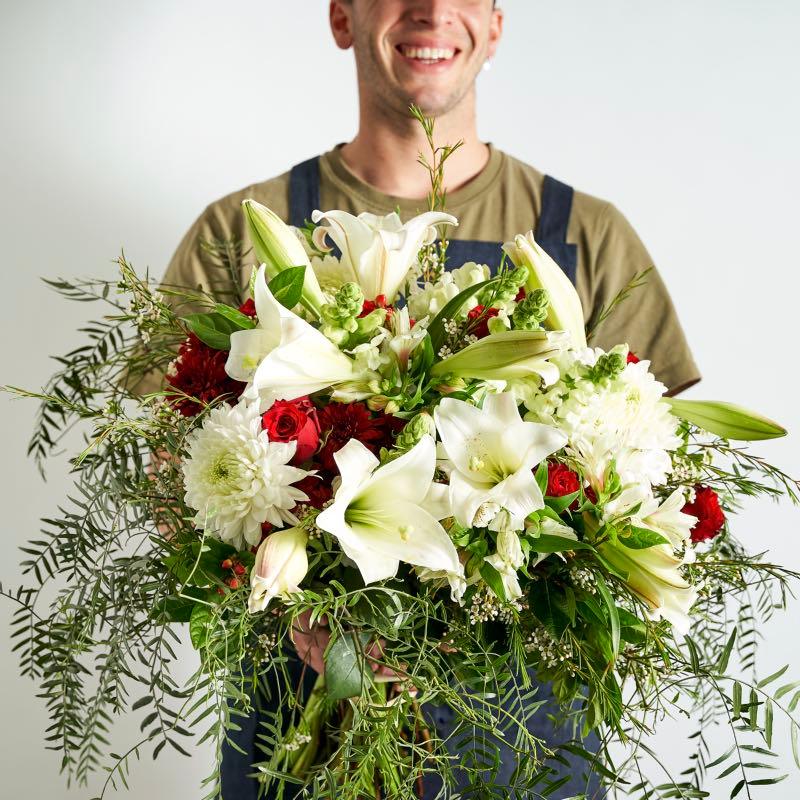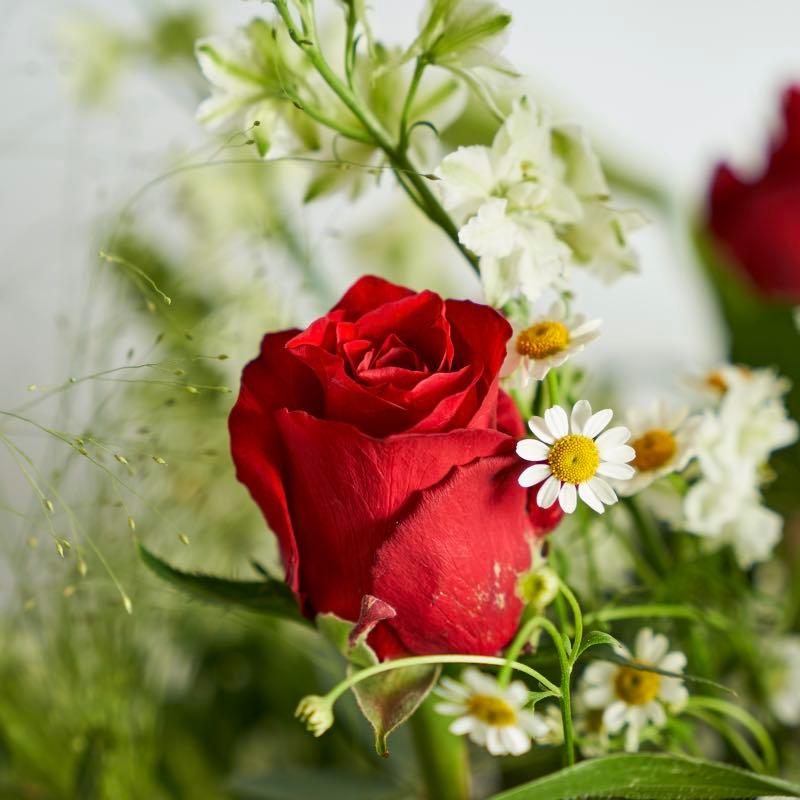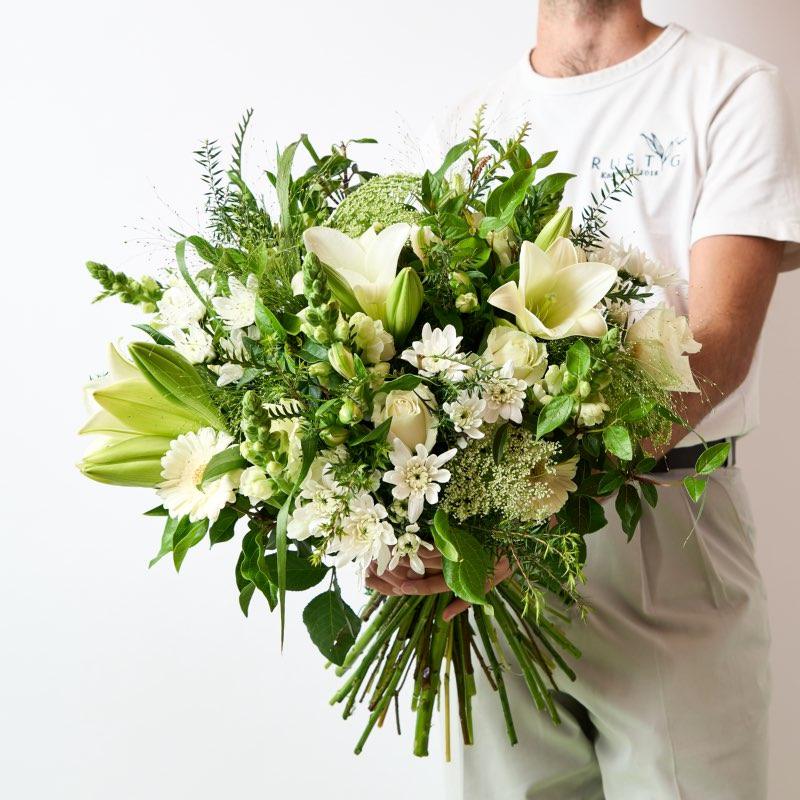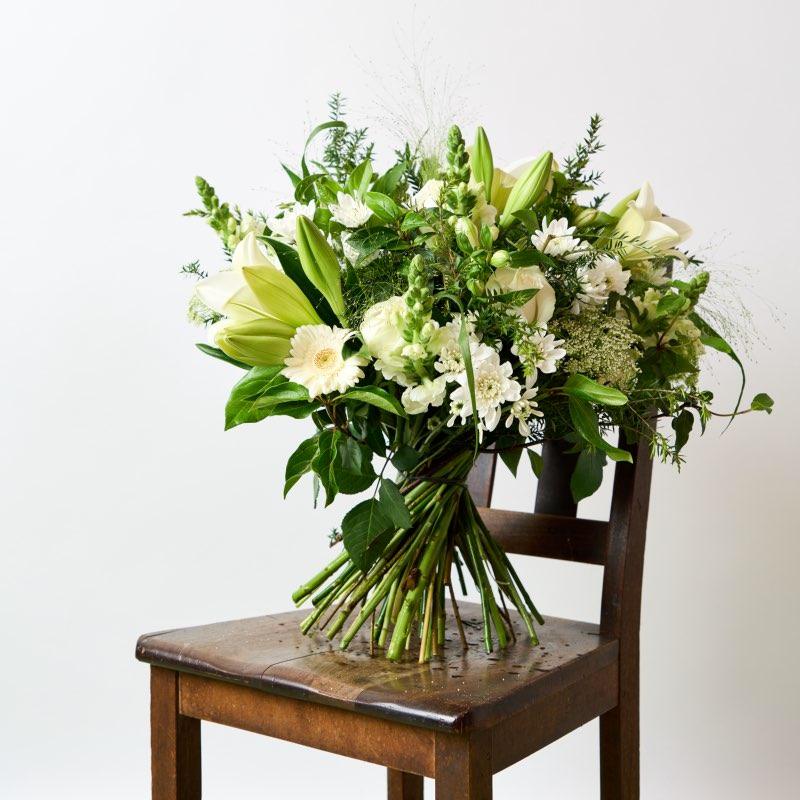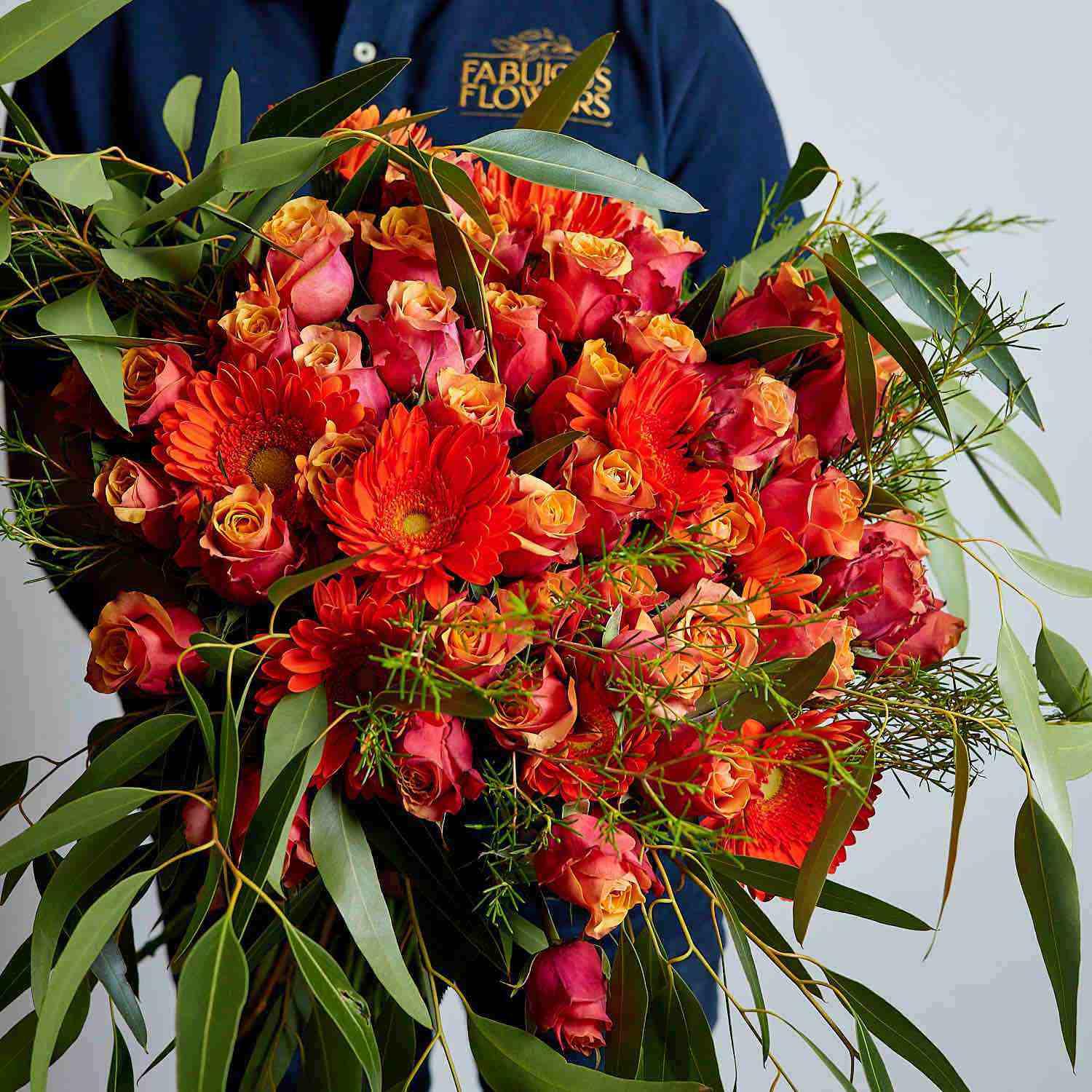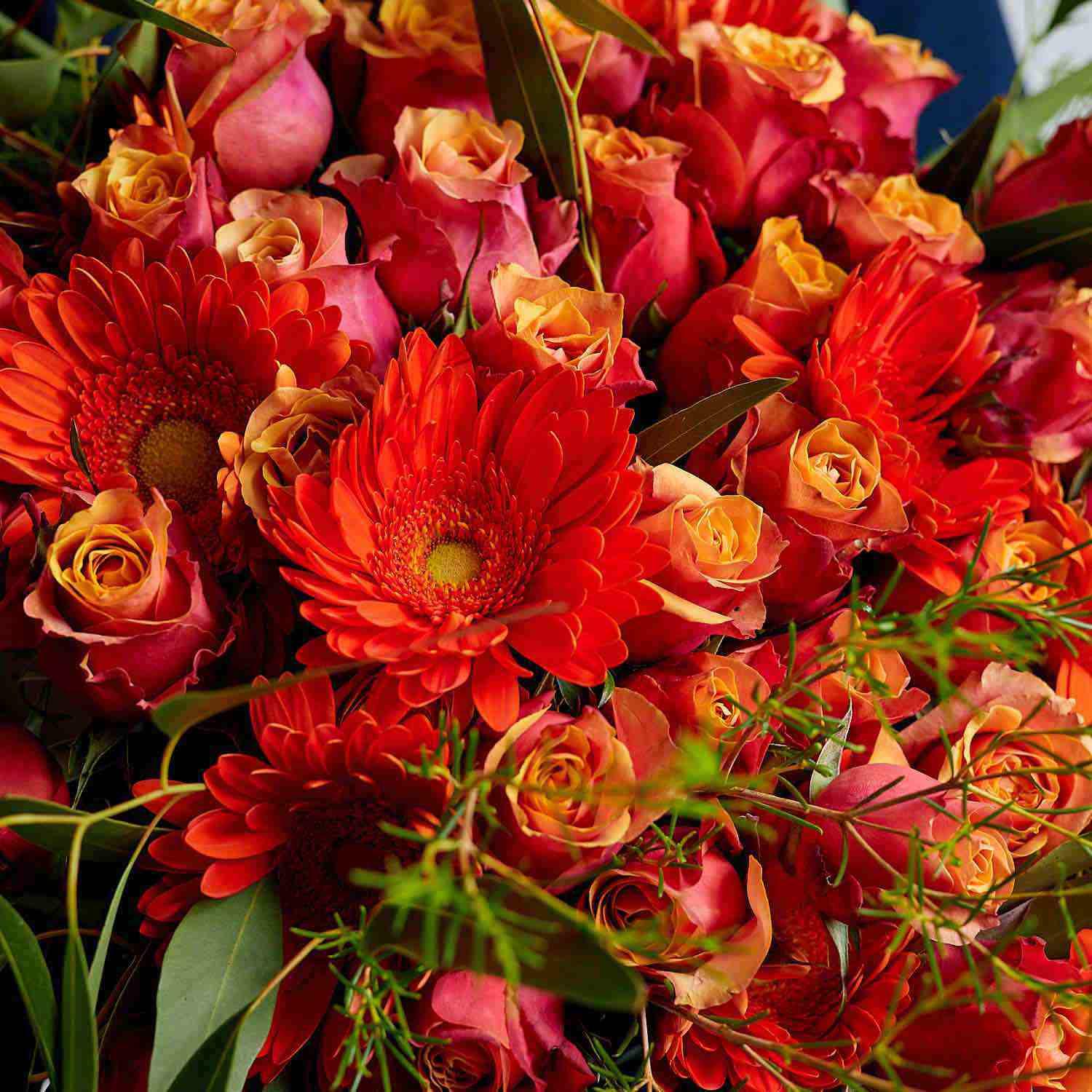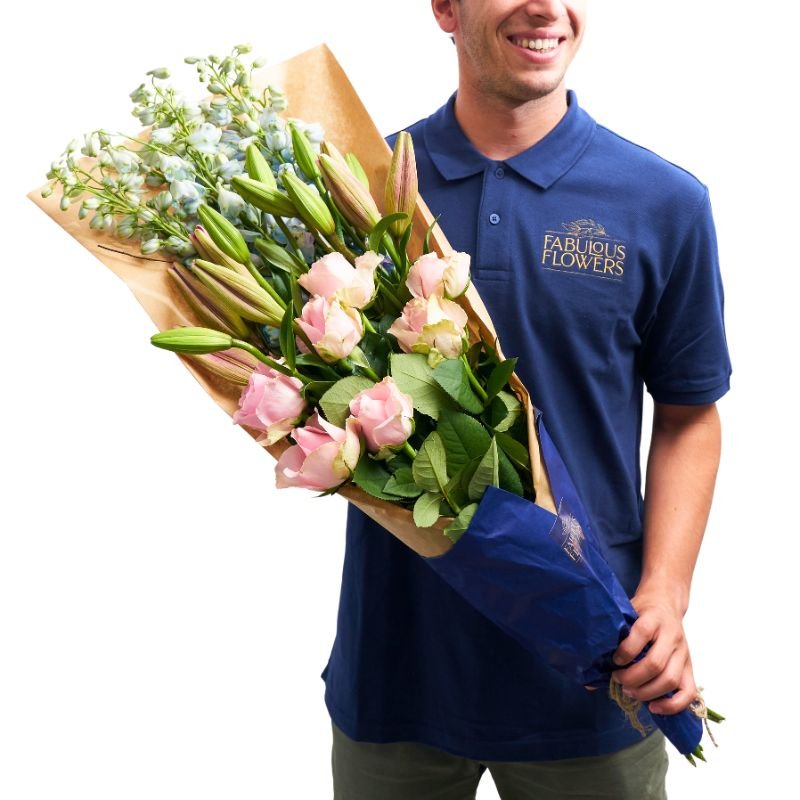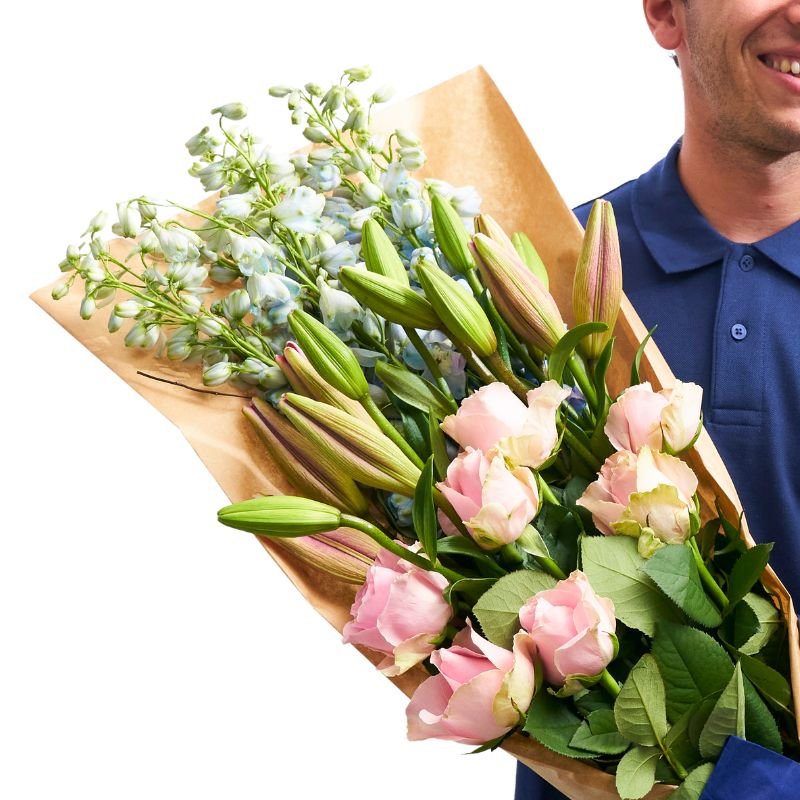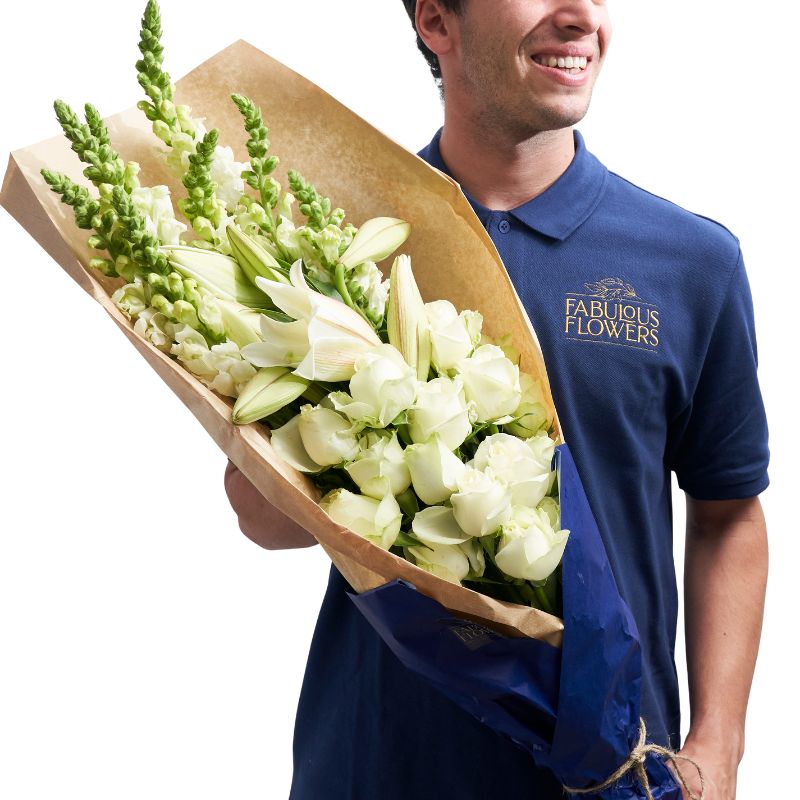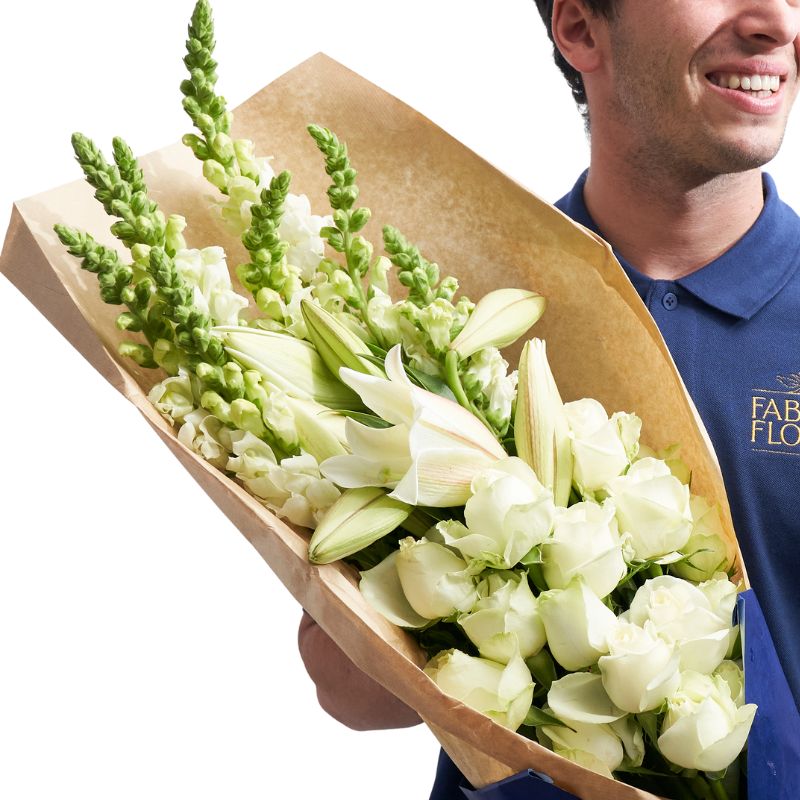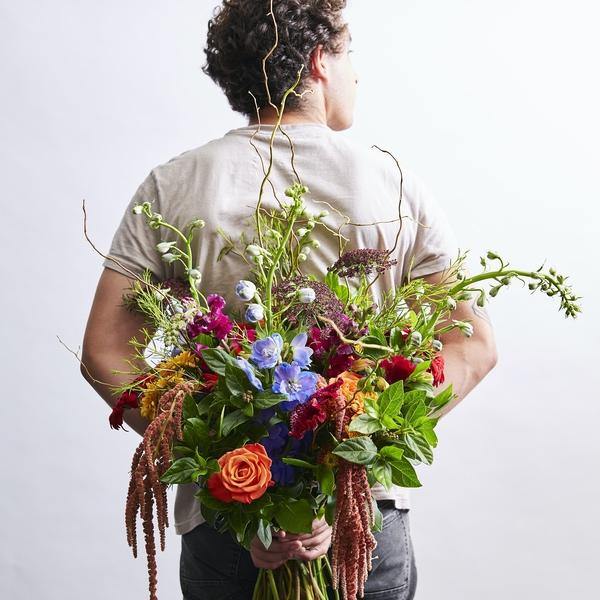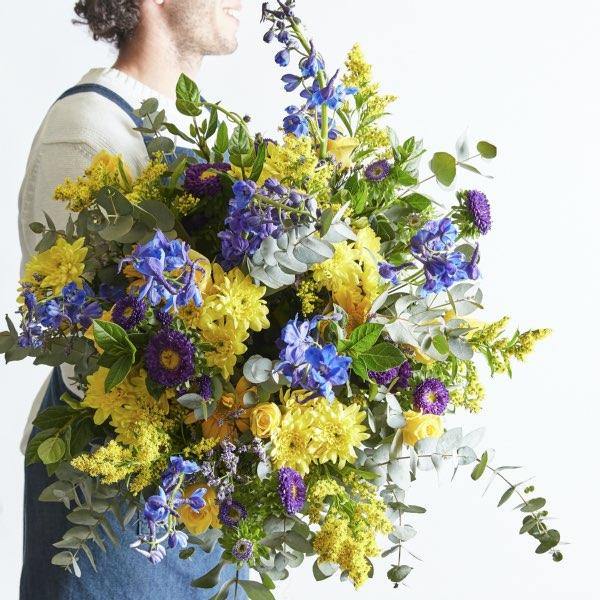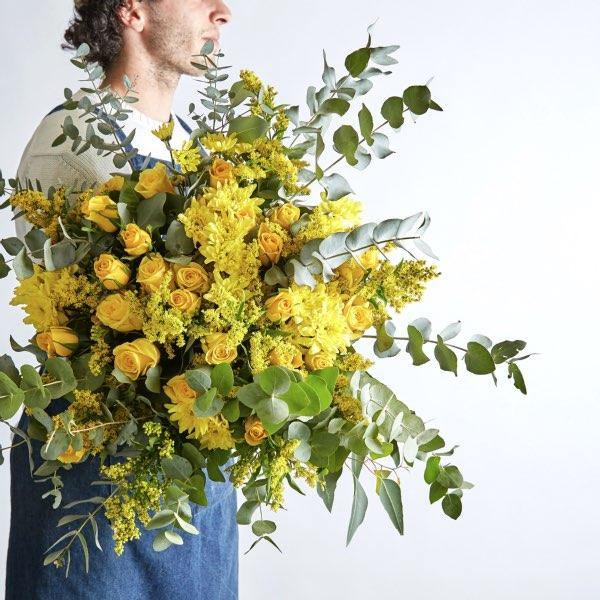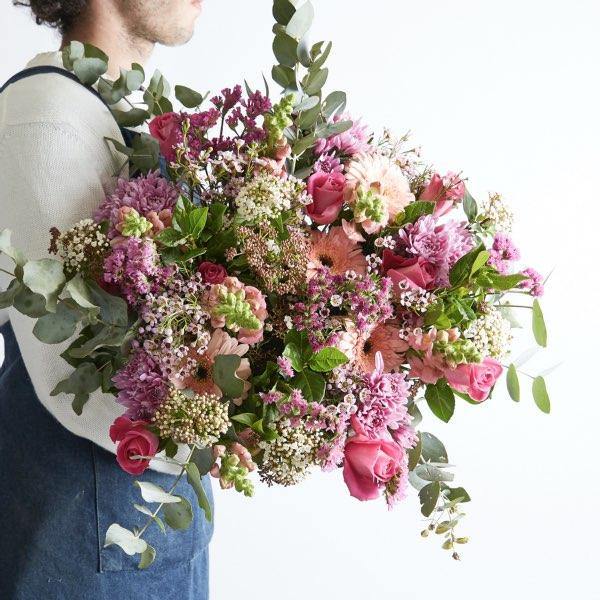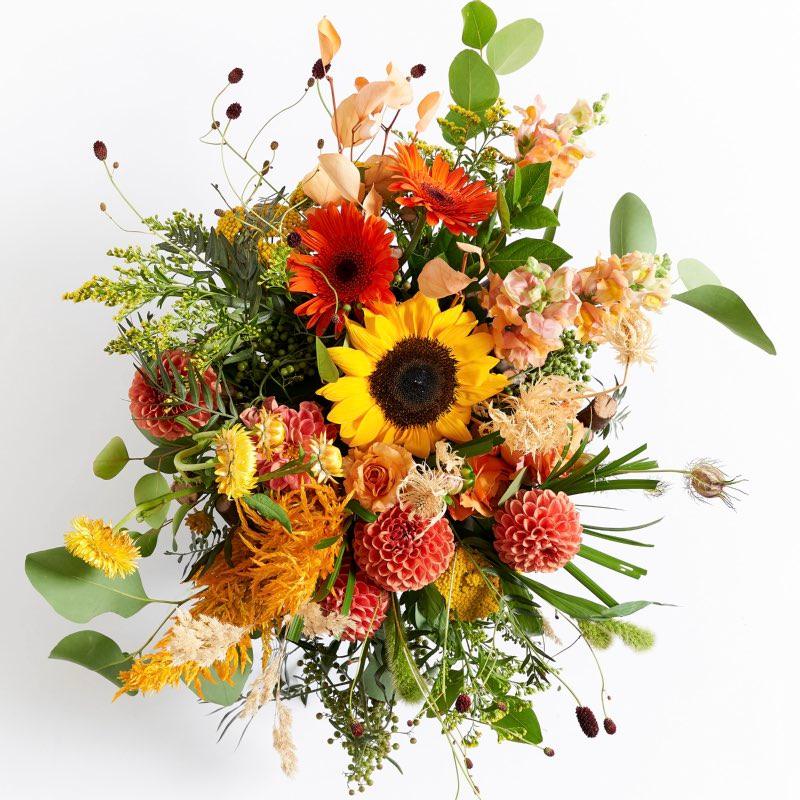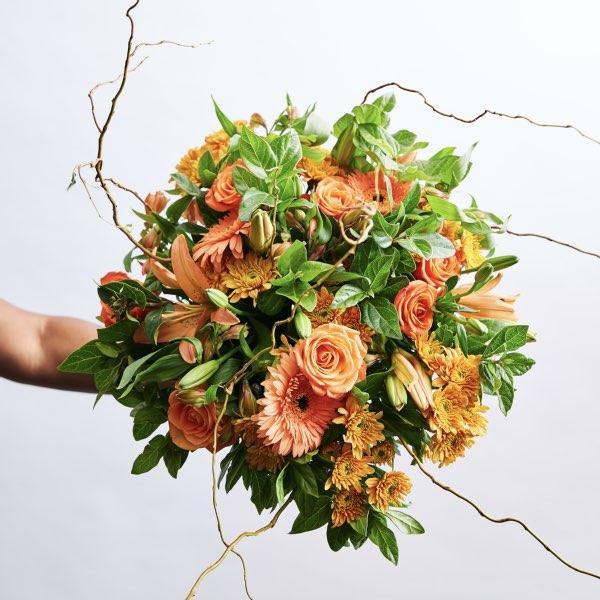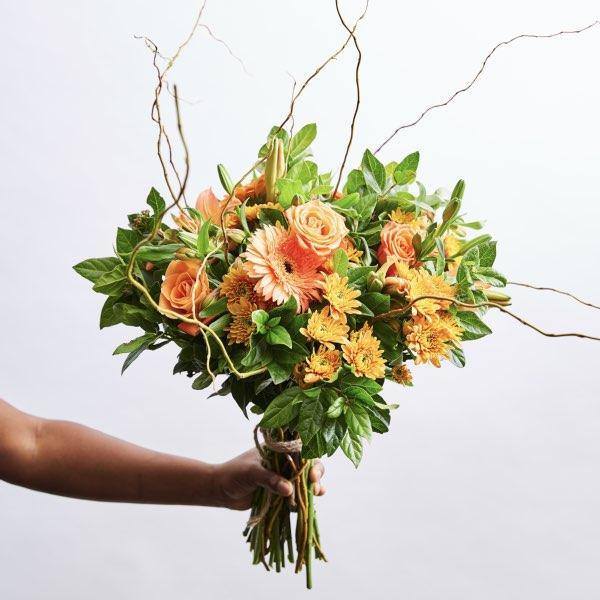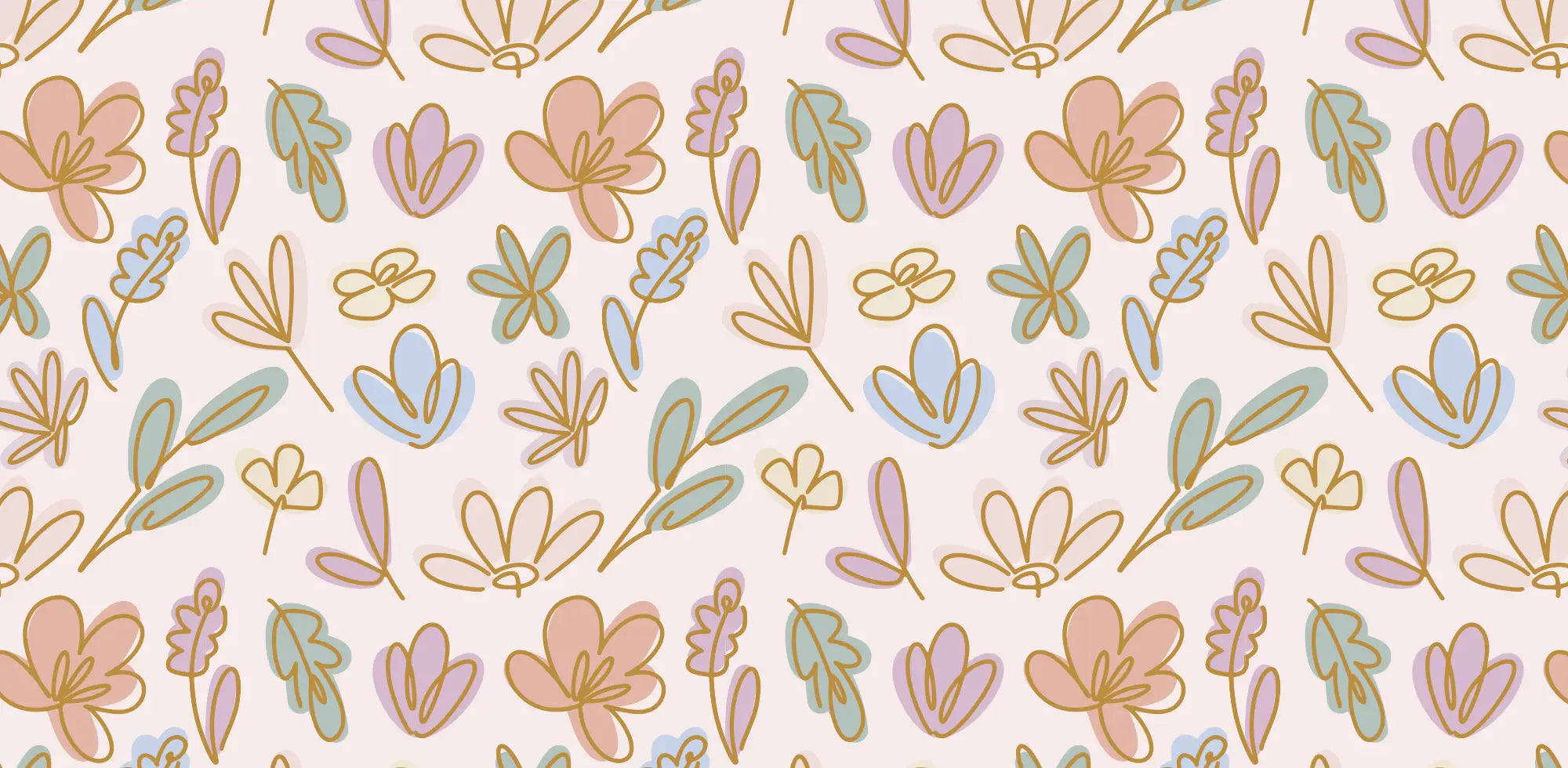Send something unforgettable—order now for priority delivery
Mixed Flower Bouquet: Designed To Delight
We start with market-fresh stems chosen for longevity and colour clarity, then build structure so your mixed bouquet of flowers sits upright, travels well, and opens gradually. Love classic romance? Ask for blush petals with airy greenery. Prefer bold? Saturated brights and sculptural stems add instant theatre. Planning a wedding or family celebration? We’ll guide you through palettes and stems, including petite options inspired by our flower girl bouquet ideas—sweet, photo-ready, and scaled for smaller hands.
Styling, Sizes & Value
Every bouquet is available in sizes to suit the moment—from chic desk posies to statement centrepieces. If you’re shopping a cheap flower bouquet without losing the luxury feel, choose compact sizes in premium recipes or let us design within a single tone for high impact at friendly price points. Need inspiration fast? Our lookbook of flower bouquet photos shows scale, colour, and vase suggestions so you can choose confidently in minutes.
Delivery That Protects The Magic
Bouquets are conditioned, kept in fresh-water buckets until dispatch, and wrapped for a graceful reveal. Same-day delivery is available in Cape Town and Johannesburg on eligible designs; add gifts for a full-sensory unboxing. Sending beyond the city? Choose a gift box to travel nationwide in 2–4 business days, and we’ll coordinate messaging and timing for a seamless surprise.
Pro Tips For A Longer-Lasting Bouquet
Re-cut stems on arrival, use clean water with flower food, remove leaves below the waterline, and keep arrangements away from heat and direct sun. Refresh water every two days; rotate the bouquet for even opening. Need help choosing? Explore our mixed flower bouquet lookbook for palettes, sizes, and vase pairings—or brief us in a sentence and we’ll design your perfect bouquet. Shop similar collections: Gerbera Daisies | Artificial Flower Bouquets | Big Bouquets | Birthday Flower Bouquets | Florist Choice Bouquets | Flower Bouquets | Flower Bouquets under R500 | Flower Bouquets R500 - R999 | Lily Bouquets | Luxury Flower Bouquets
FAQ
Mixed Flower Bouquets
A mix of flowers is typically called a mixed bouquet or an assorted bouquet. Some florists also use terms like "garden mix" or "seasonal blend."
Complementary colours and varying textures work well. Popular combinations include roses with lilies, sunflowers with daisies, or orchids with tropical greenery. Seasonal flowers often pair nicely together.
Absolutely! Mixing flowers is a common and beautiful practice in floral design. It allows for creative combinations of colours, shapes, and textures, resulting in unique and eye-catching bouquets.
The number of flowers in a mixed bouquet can vary greatly, typically ranging from 10 to 30 stems. Smaller bouquets might have 10-15 flowers, while larger, more luxurious arrangements could contain 25-30 or more.
Price depends on stem grade, size, and season. Compact everyday bouquets sit at the entry tier; premium statement designs cost more due to stem count and focal varieties. Please share your budget and preferred palette, and we will design for maximum visual impact while maintaining freshness.
Every recipe is different, but common counts range from 12–24 for a classic gift up to 50+ for a dramatic gesture. Mixed bouquets combine focal roses with secondary blooms and textural greens to create fullness without simply “adding stems.”
Start with a spotless vase, add cool water and flower food, and cut stems at a 45° angle. Remove submerged leaves, keep away from sun and heat, and refresh water every two days. Trim stems slightly at each refresh to reopen water pathways.
Choose the best blooms, tie loosely, and hang upside down in a dark, dry, ventilated space for 2–4 weeks. For colour retention, dry quickly and avoid humid rooms. Silica gel is ideal for preserving delicate petals like roses or peonies.
Condition stems (strip lower leaves, hydrate). 2) Create a foliage collar. 3) Add focal blooms at varied heights. 4) Thread in secondary flowers for balance. 5) Finish with airy texture. 6) Spiral stems as you build; tie loosely. 7) Cut stems evenly and place in water.
Pick hardy, photo-friendly stems; condition overnight. Build a spiral hand-tied bouquet with a consistent focal “face,” then bind with floral tape and finish with ribbon. Keep bouquets cool and hydrated in the lead-up; transport in stable vases to the venue.
Order online, add a personal message, and select your delivery window. We confirm, prepare, and deliver with care—same day in Cape Town and Johannesburg where eligible. For larger events, share access instructions or contact details for smooth handover.
Most cut flowers won’t root, but some (e.g., certain roses) can be propagated. Take a healthy stem, remove lower leaves, dip in rooting hormone, and place in a sterile medium under high humidity. Success varies; it’s easier to purchase nursery stock of your favourites.
Re-cut 1–2 cm from stems every 48 hours, refresh water, and keep the vase clean. Avoid fruit bowls—ethylene gas accelerates wilting. If a stem clouds the water, remove it and replace the water immediately.
Use even stem lengths and a tight spiral technique. Place a central focal flower, add circles of supporting blooms, and rotate the bouquet as you build to keep a uniform dome. Finish with a neat foliage collar.
Choose high-quality silk stems, trim them to consistent lengths, and build a dome using a foam holder or by spiralling the stems as you would with fresh flowers. Add ribbon wraps and pearl pins for a tailored finish; mist lightly to remove dust before photos.
Traditionally, bouquets symbolised fertility, joy, and new beginnings. Today they frame the dress, anchor the colour palette, and give the bride something beautiful to hold—part ornament, part storytelling.
Most cut stems won’t re-root; they’re harvested without viable roots. Some species can be propagated from cuttings, but success is unpredictable. For gardening, buy rooted plants or nursery cuttings.
It depends on size, flower type, and style. A small bouquet might feature 8–12 stems; medium 15–25; large 30+—with foliage adding shape and volume. Mixed designs rely on proportion (focal/secondary/filler), not just count.
Keep the water clean, re-cut regularly, and avoid heat sources and direct light. Remove wilted stems promptly to protect the rest of the arrangement.
Enjoy it first—then extend its life. Refresh water, re-cut stems, and later dry your favourite blooms for keepsakes. Press petals for cards, frame a few heads, or repurpose remaining stems into bud vases.
Typically 5–10 days depending on varieties and care. Hardy stems (chrysanthemums, alstroemeria) last longer; delicate blooms fade sooner. Cool rooms and clean water extend life significantly.
Start with simple shapes: circles for focal blooms, ovals for side views, and triangles for leafy clusters. Lightly sketch the vase line, then refine petals and add shading to show depth. Use reference flower bouquet photos to capture realism.
Use a handful of circles and leaf shapes, add a ribbon triangle at the stems, and shade only one side for instant dimension. Outlining with a fine pen then adding light watercolour creates a quick, charming study.
Layer two or three sheets of tissue, place the bouquet diagonally, fold the bottom point up, then wrap sides around the stems. Finish with a ribbon. Use a card sleeve to protect tissue from moisture, or add a waxed paper layer inside for durability.

